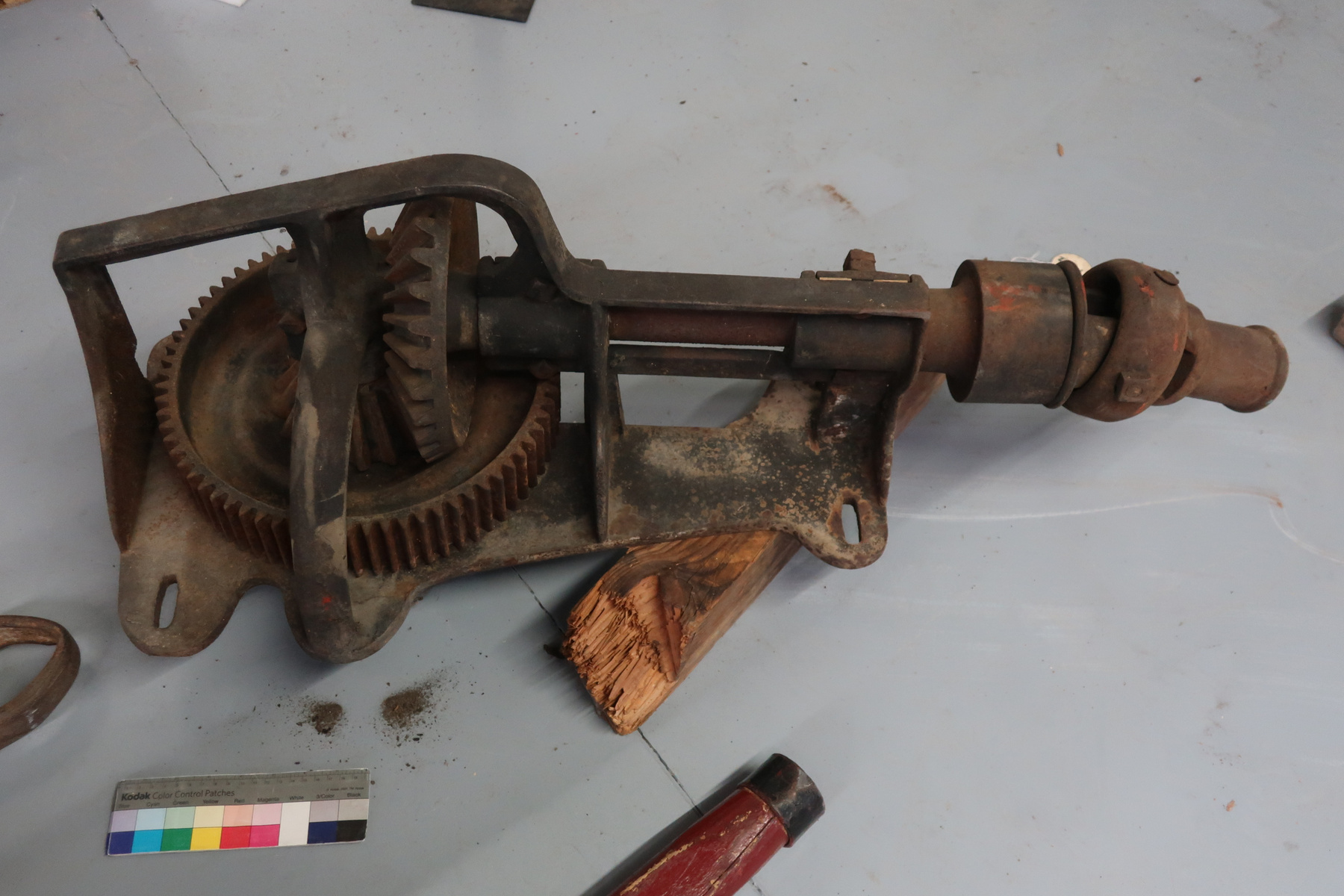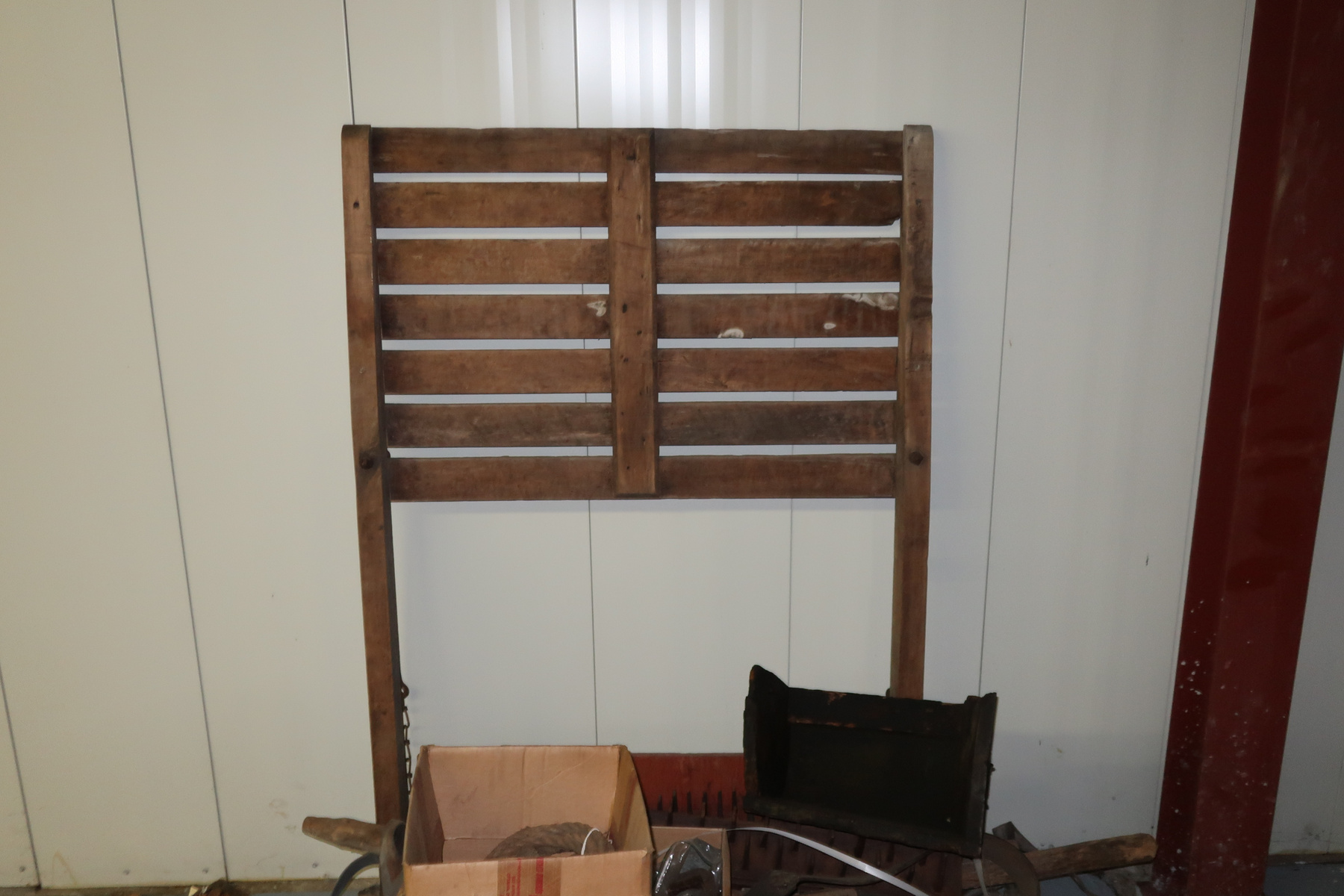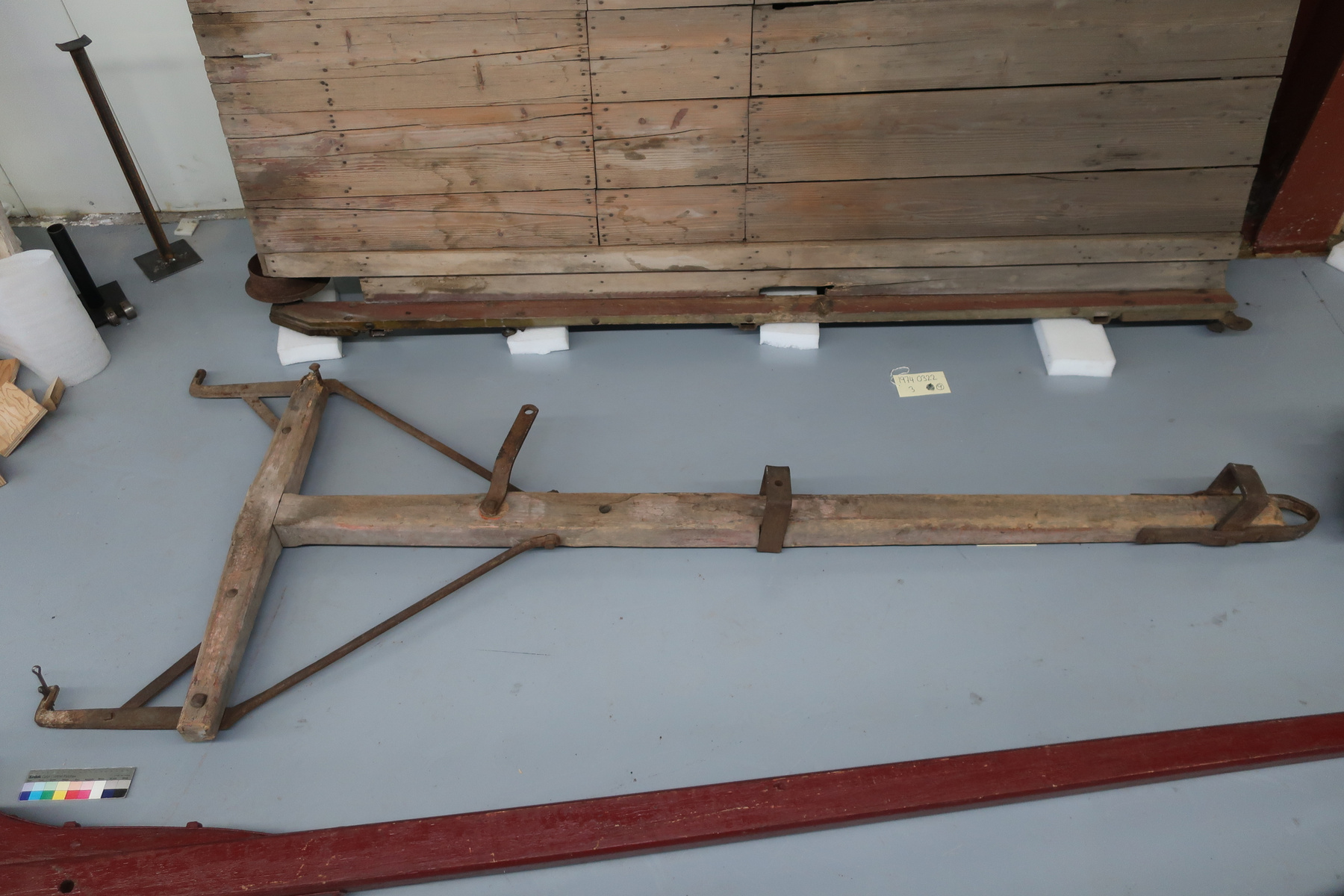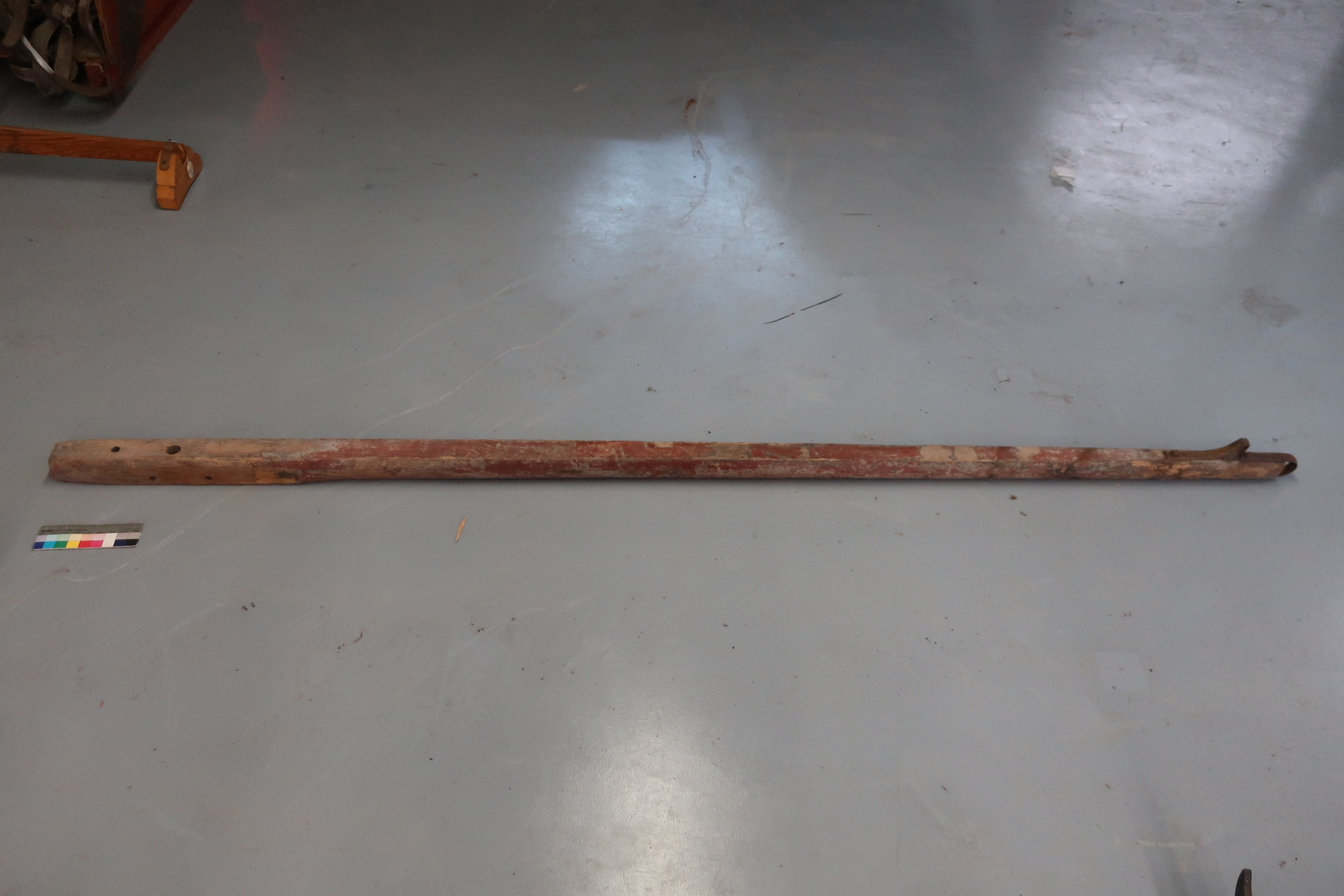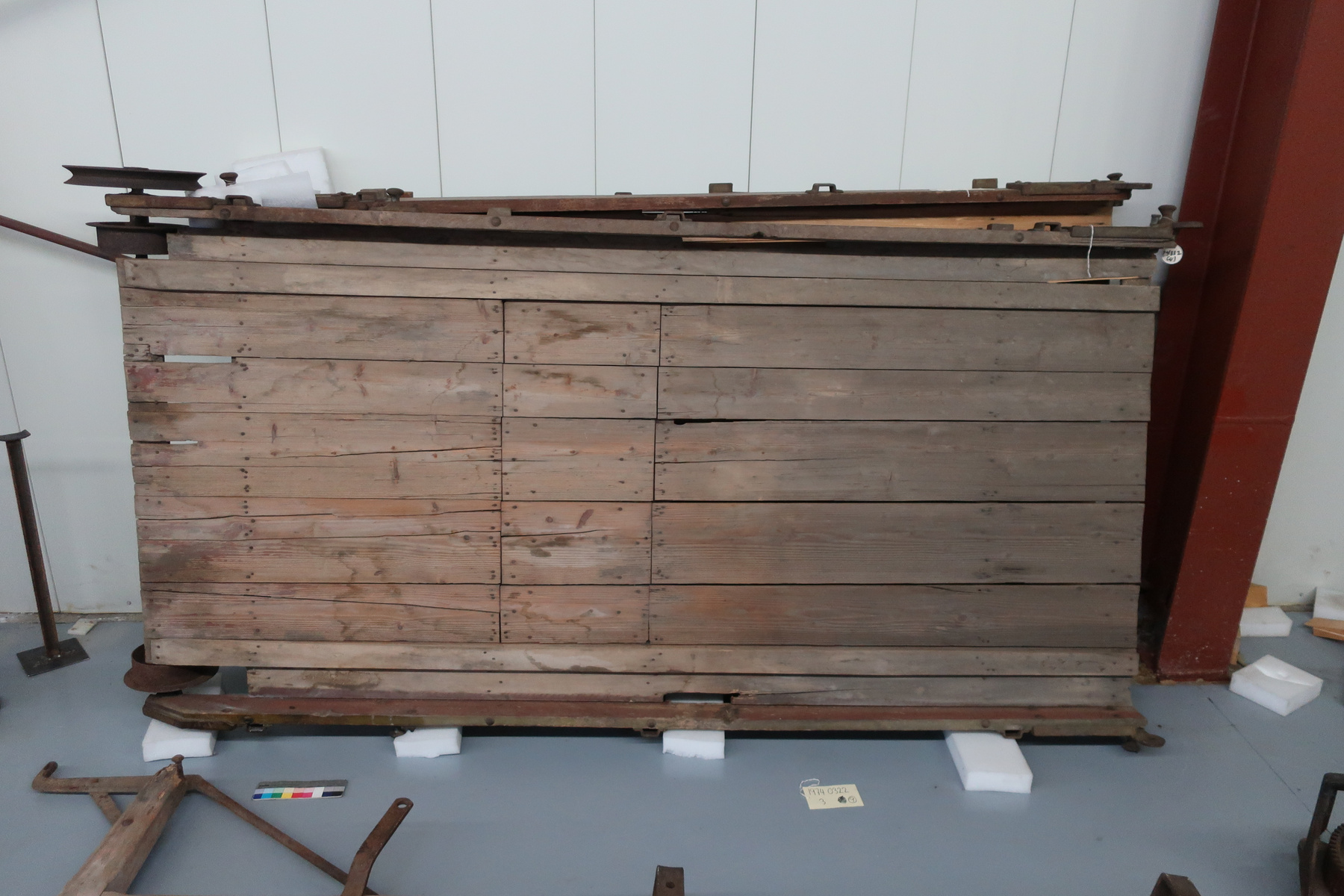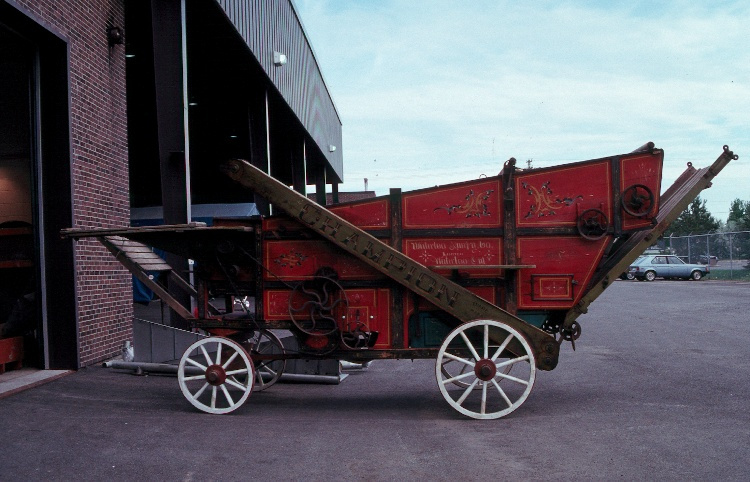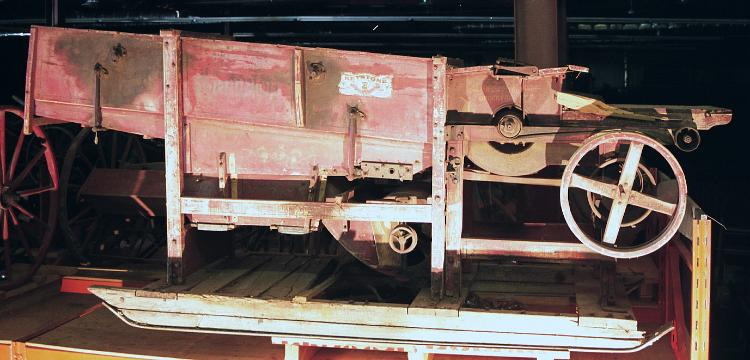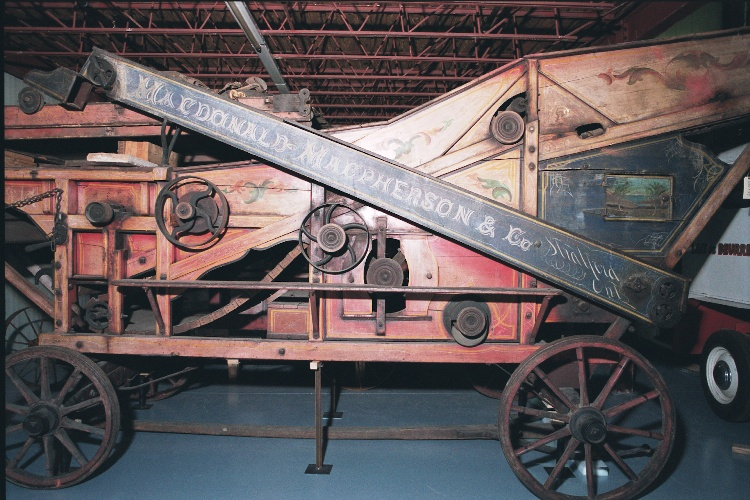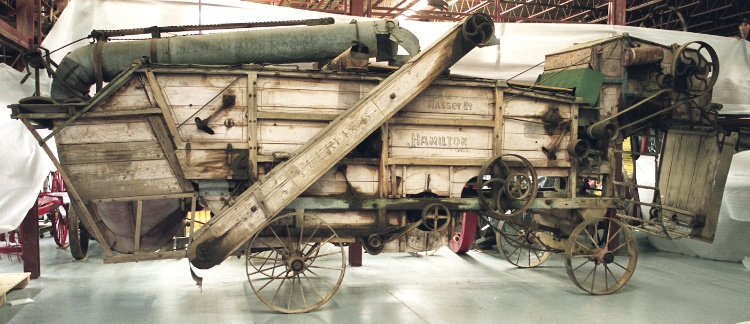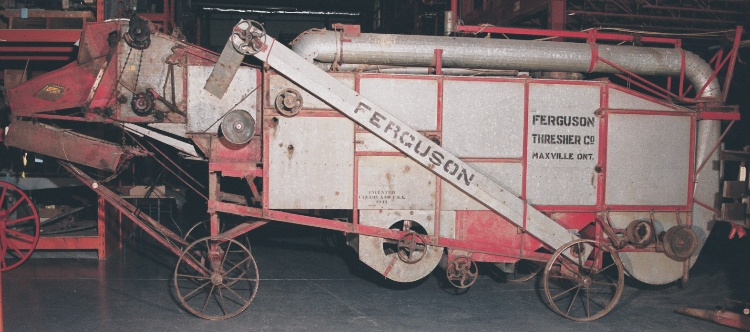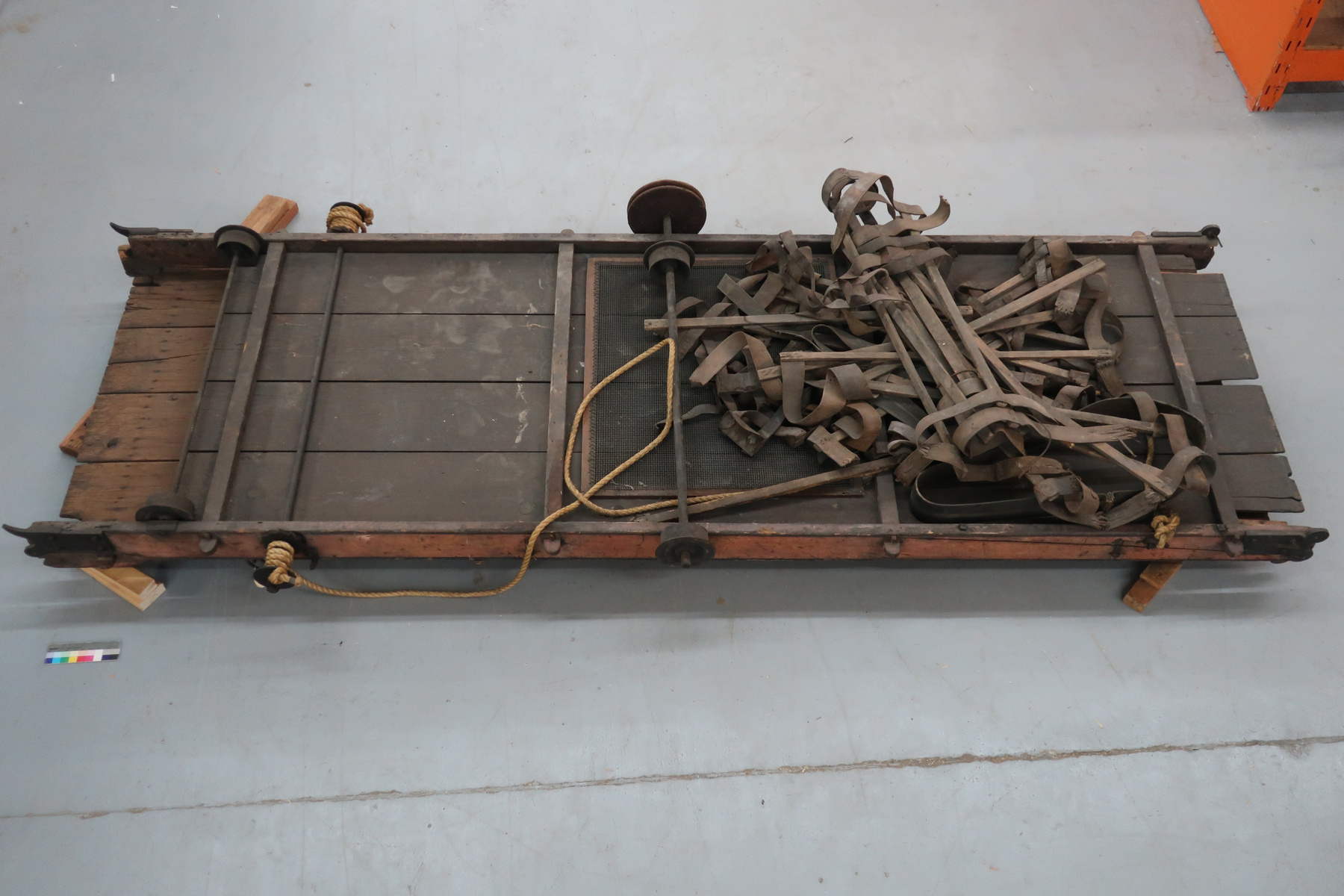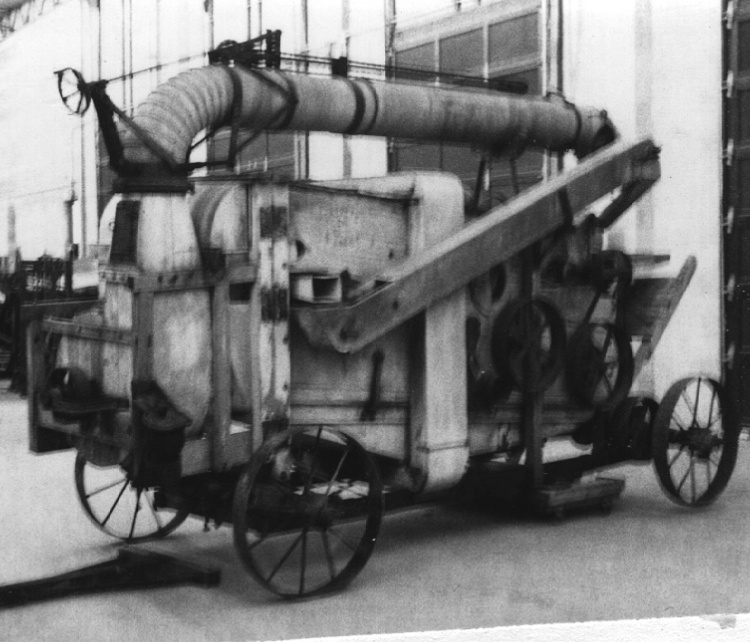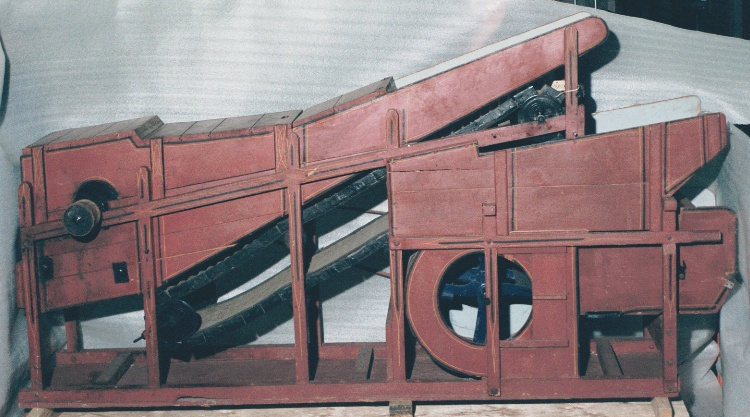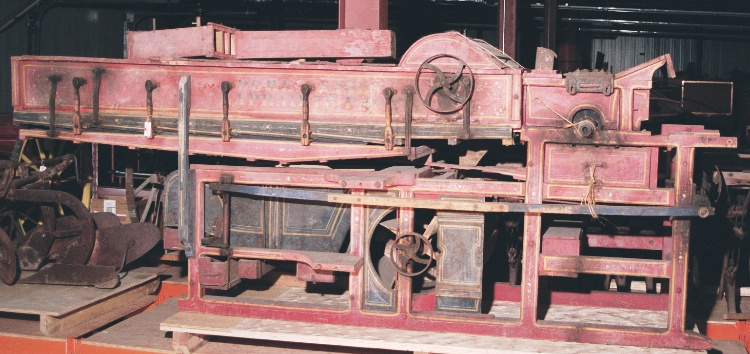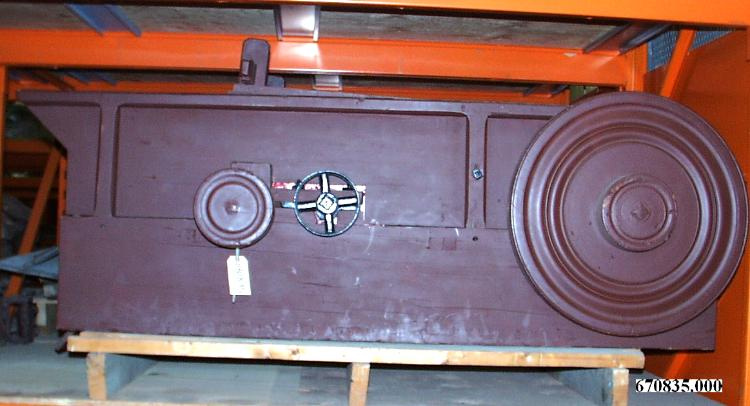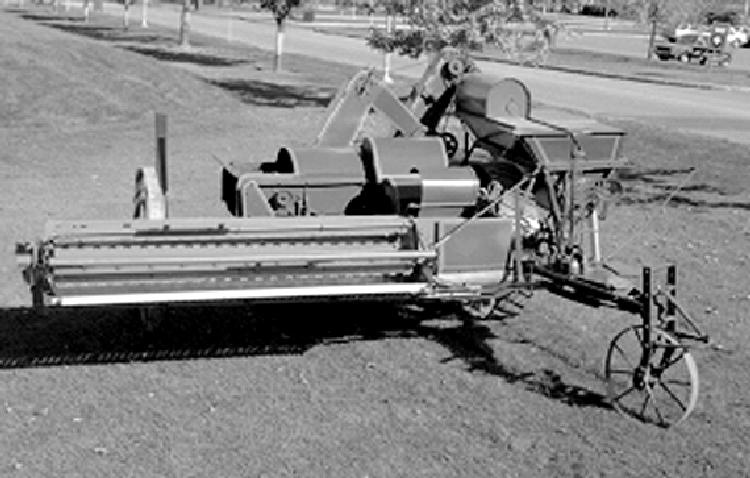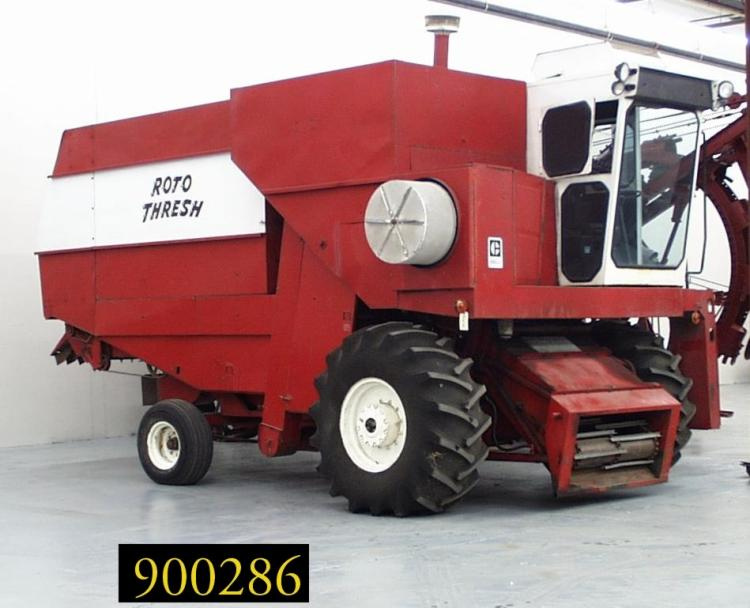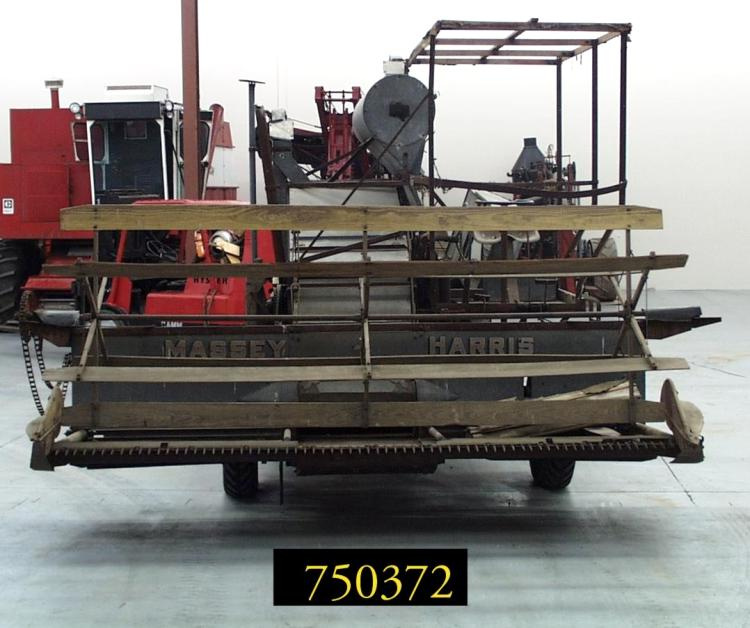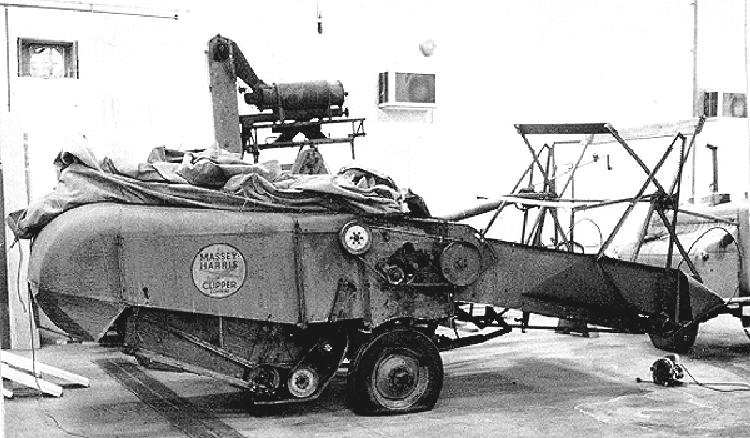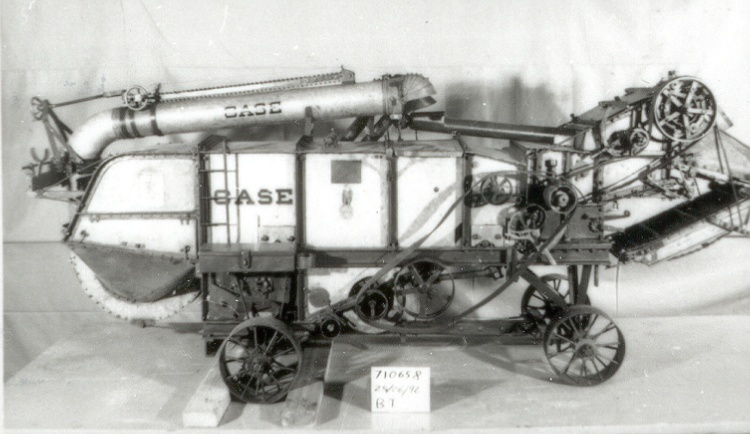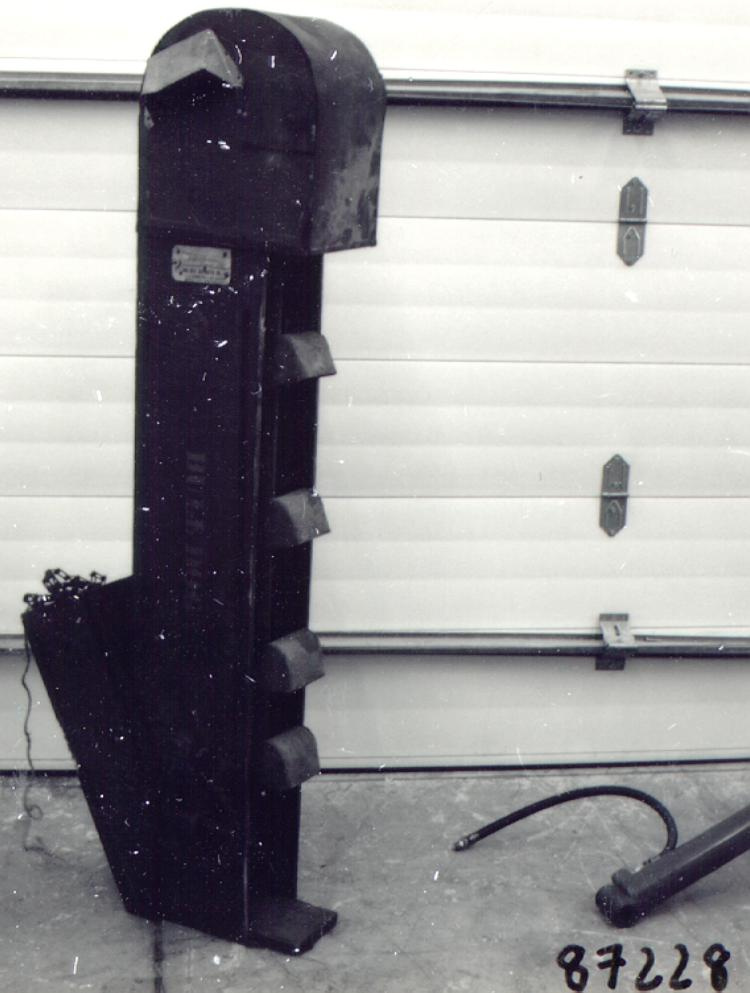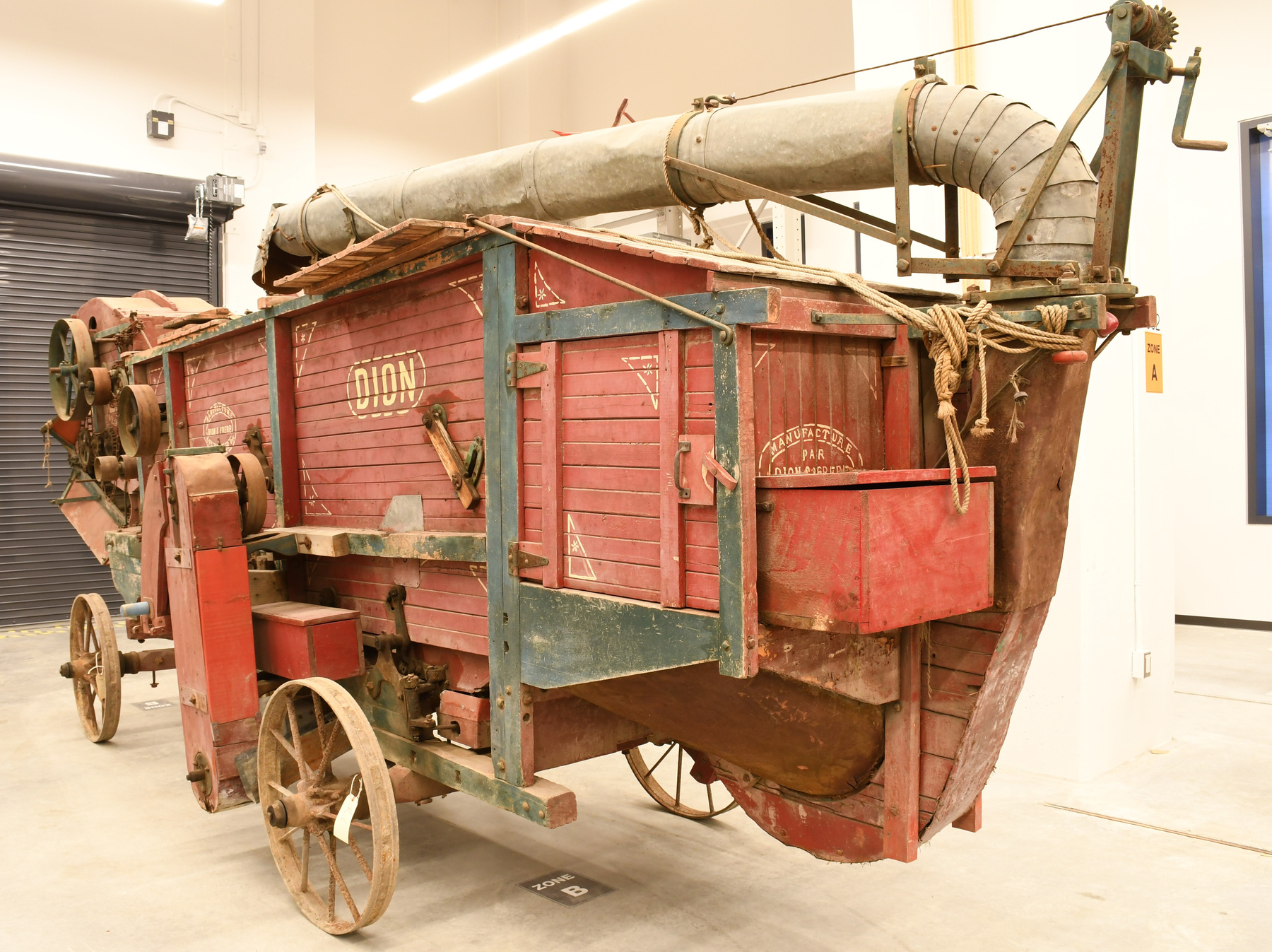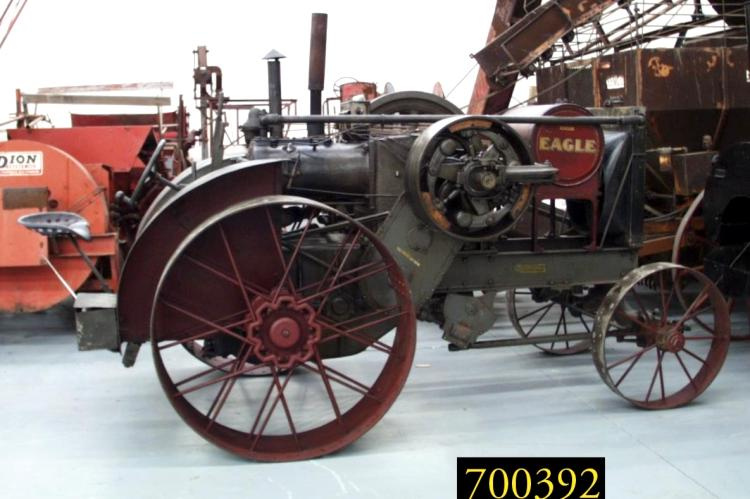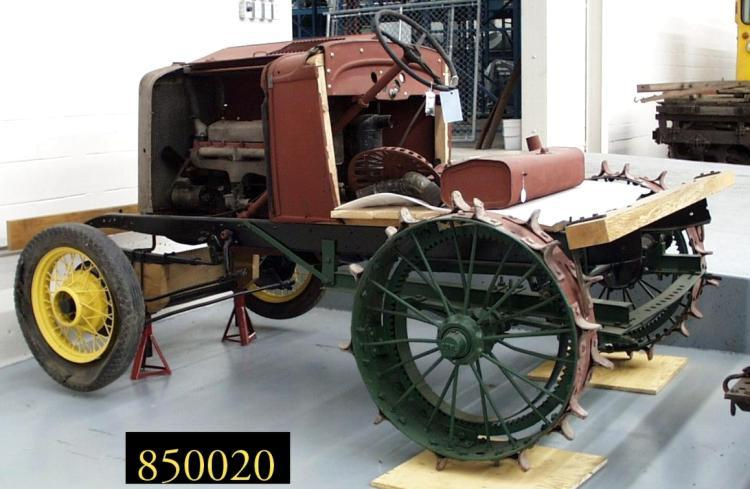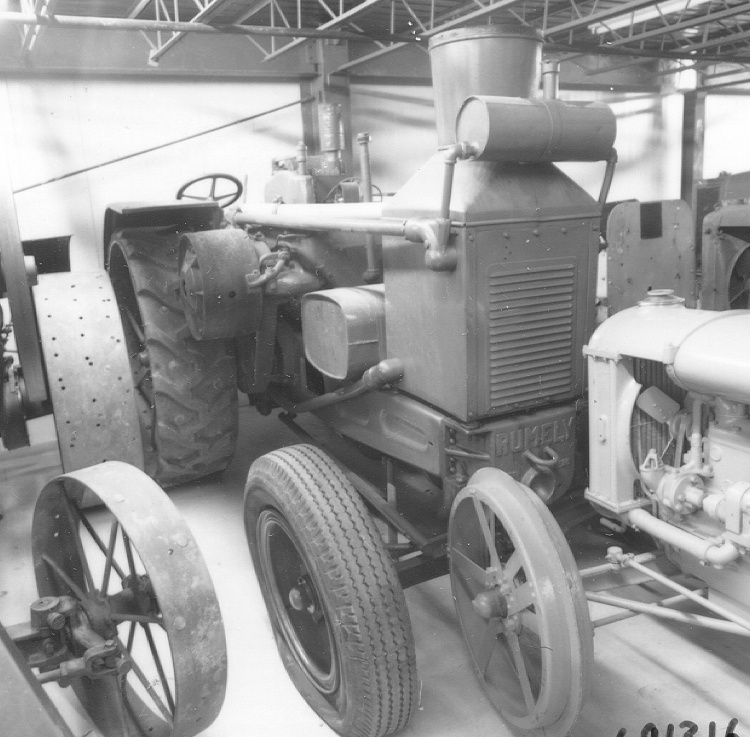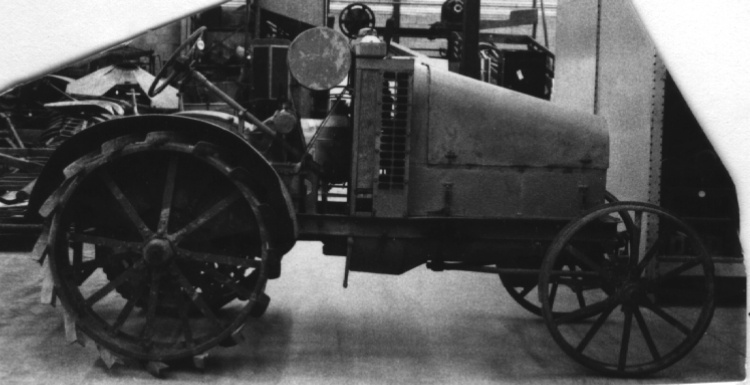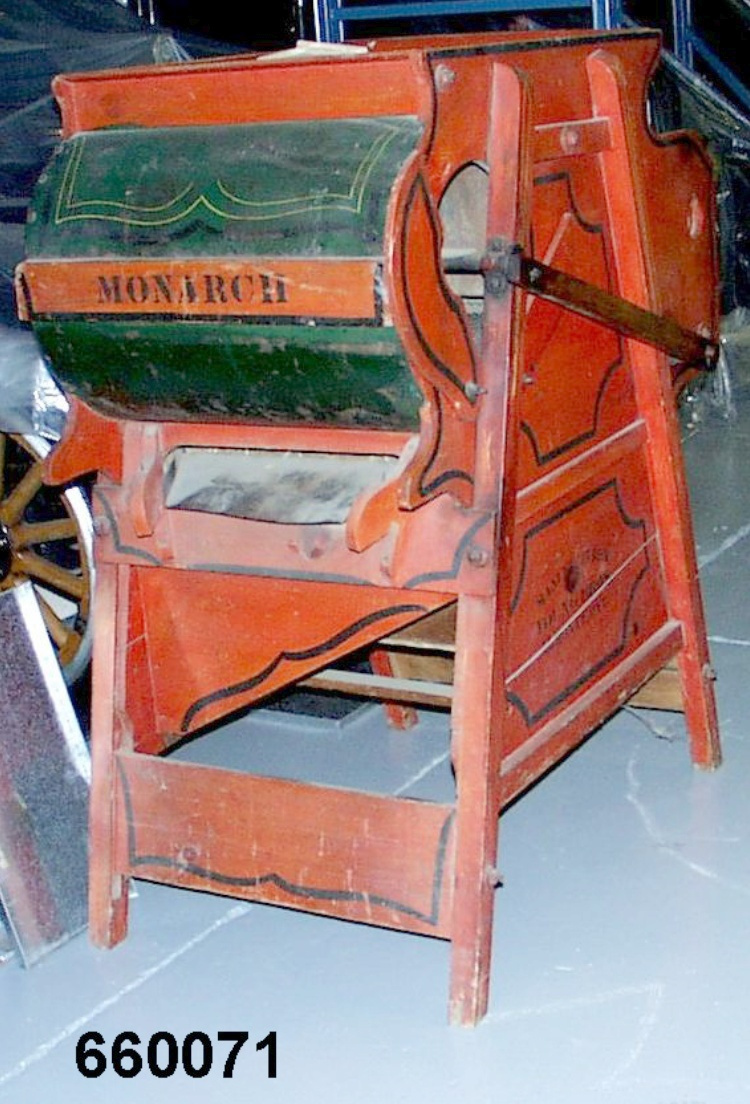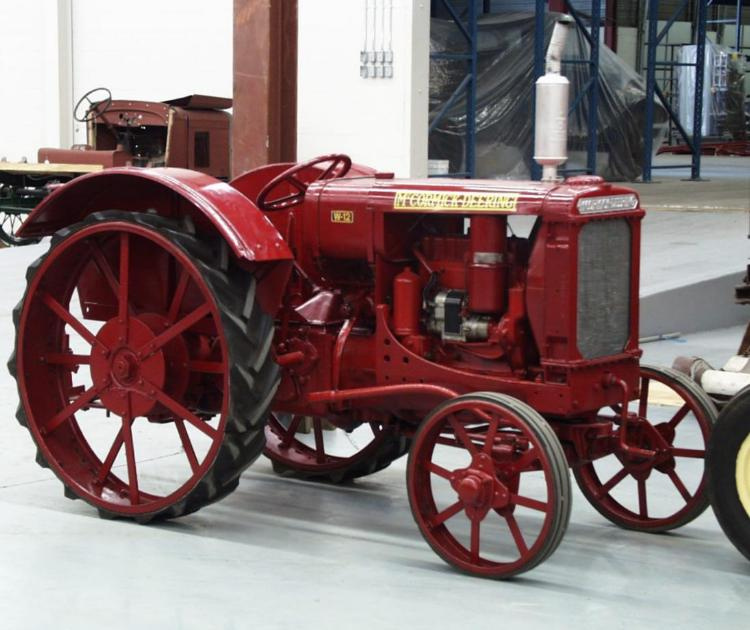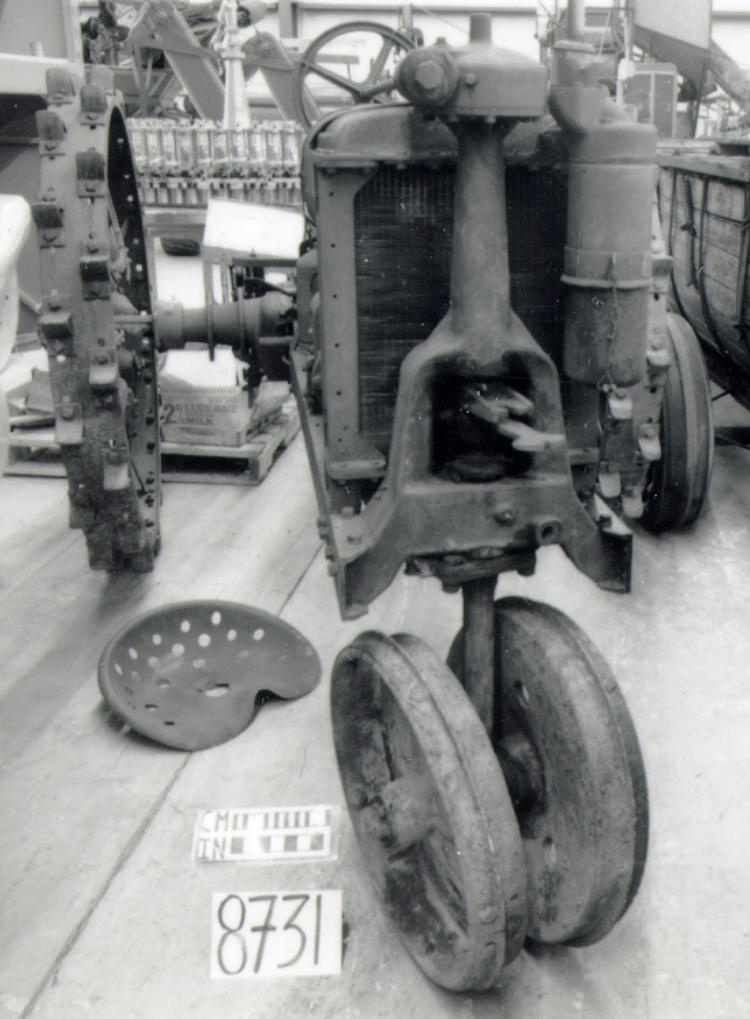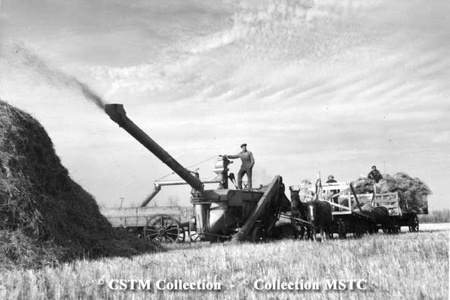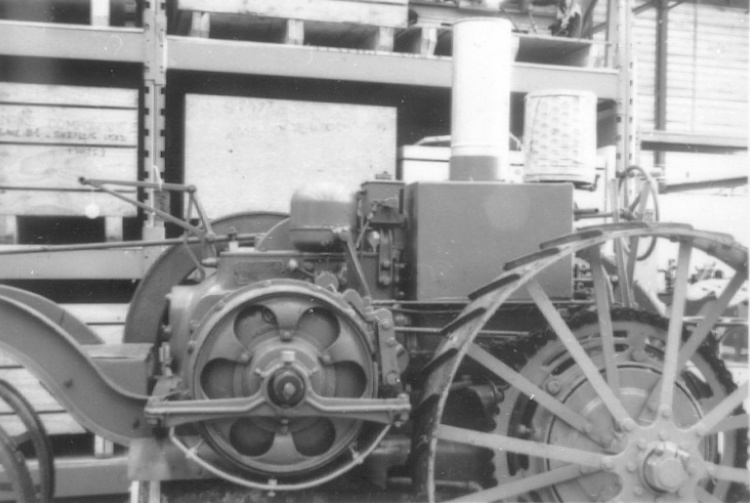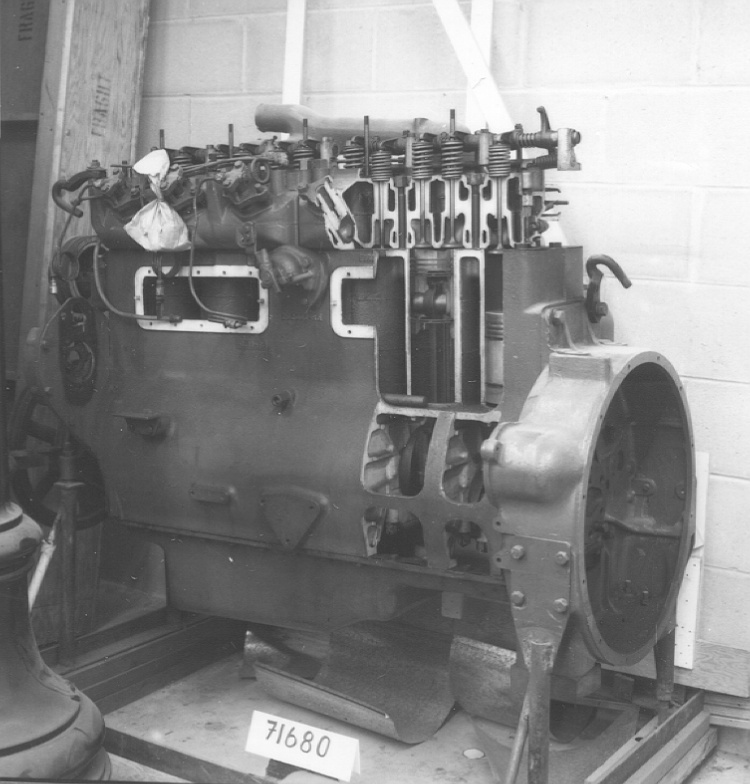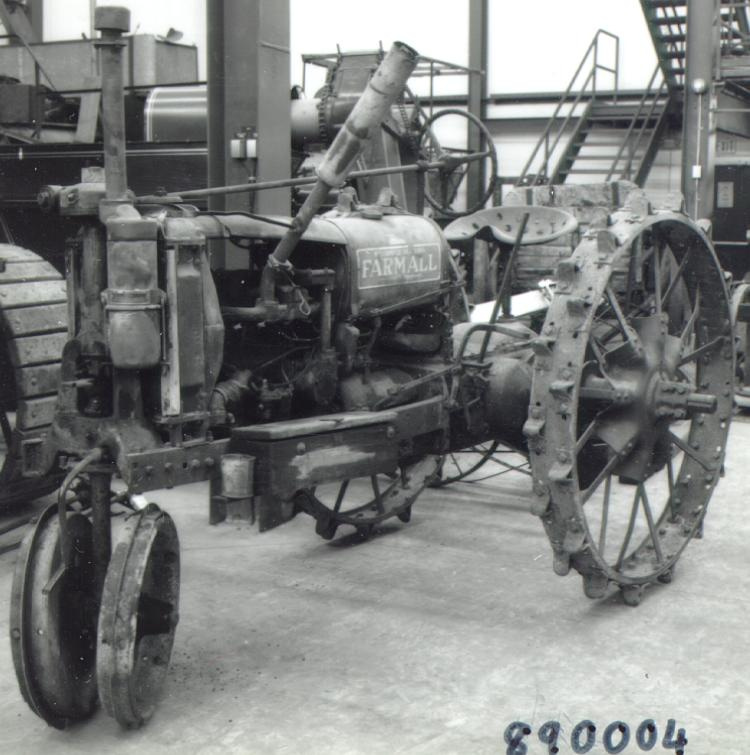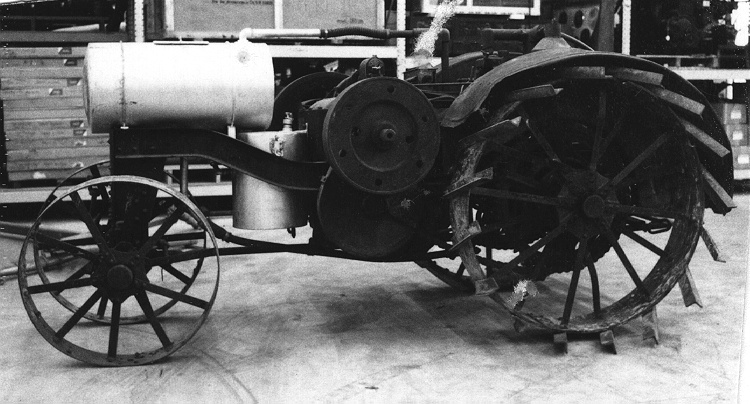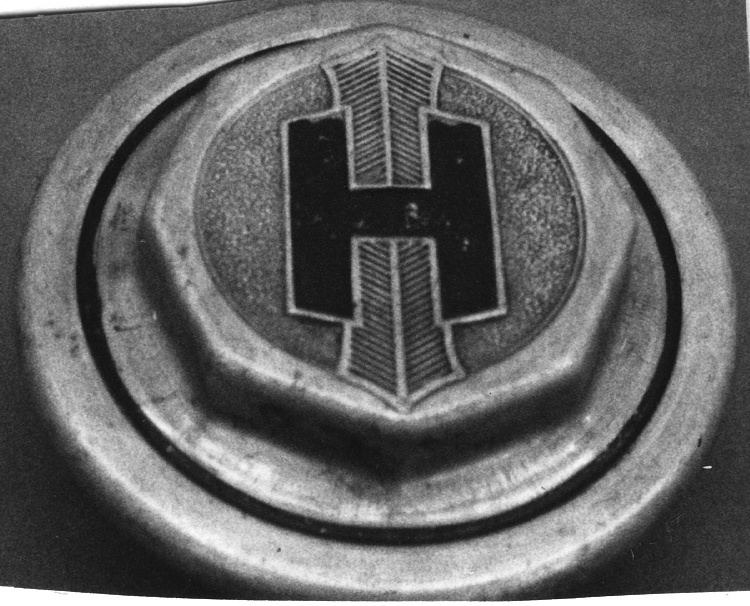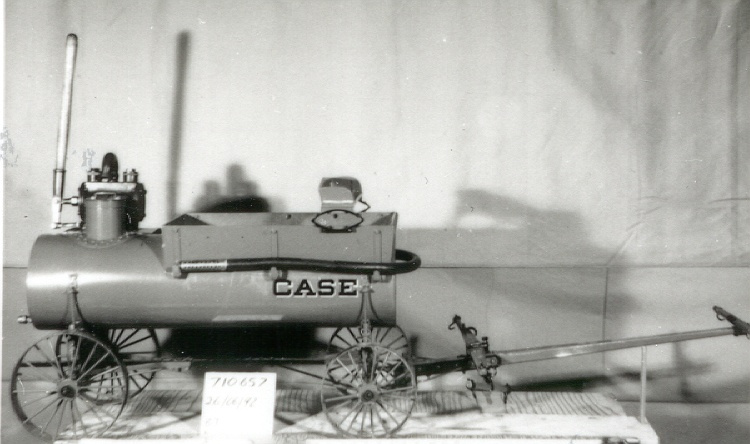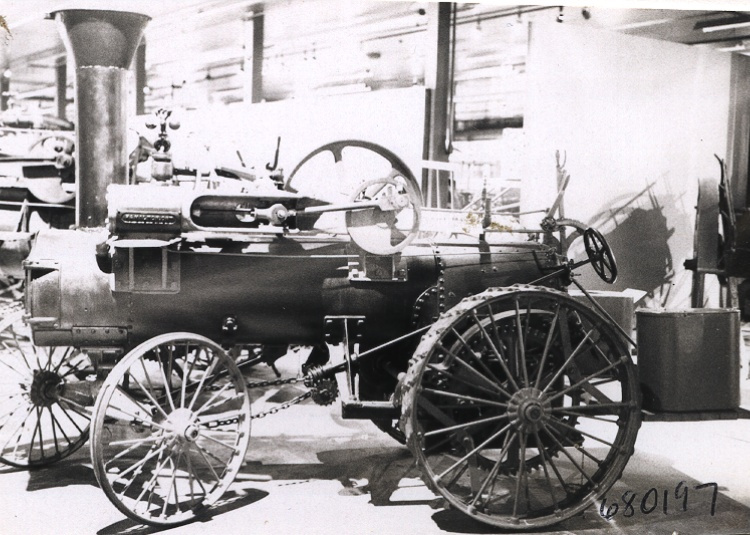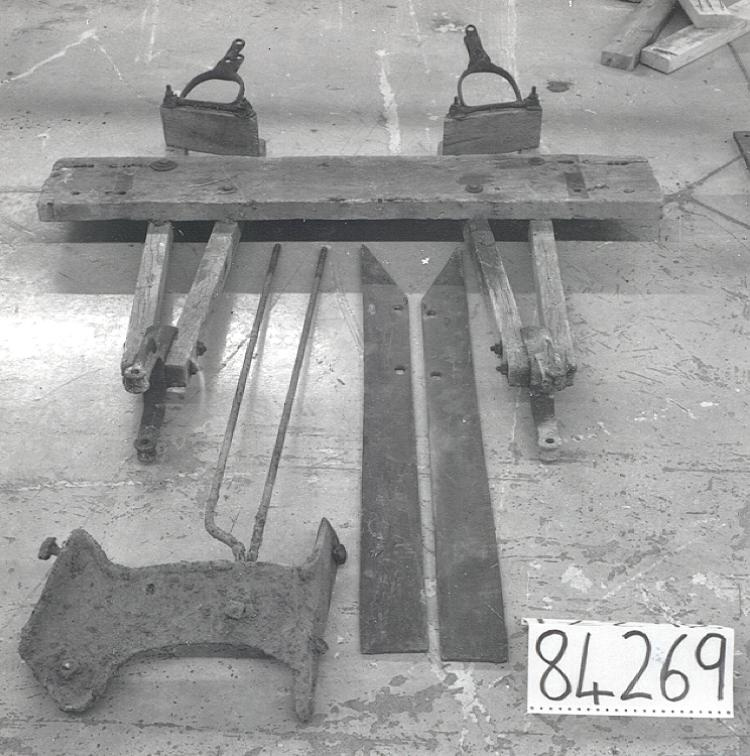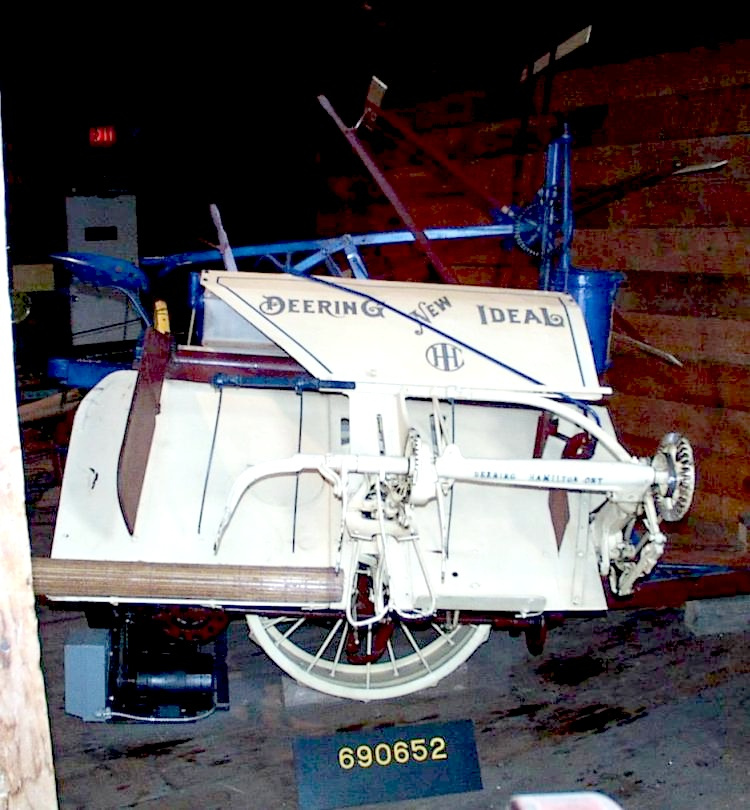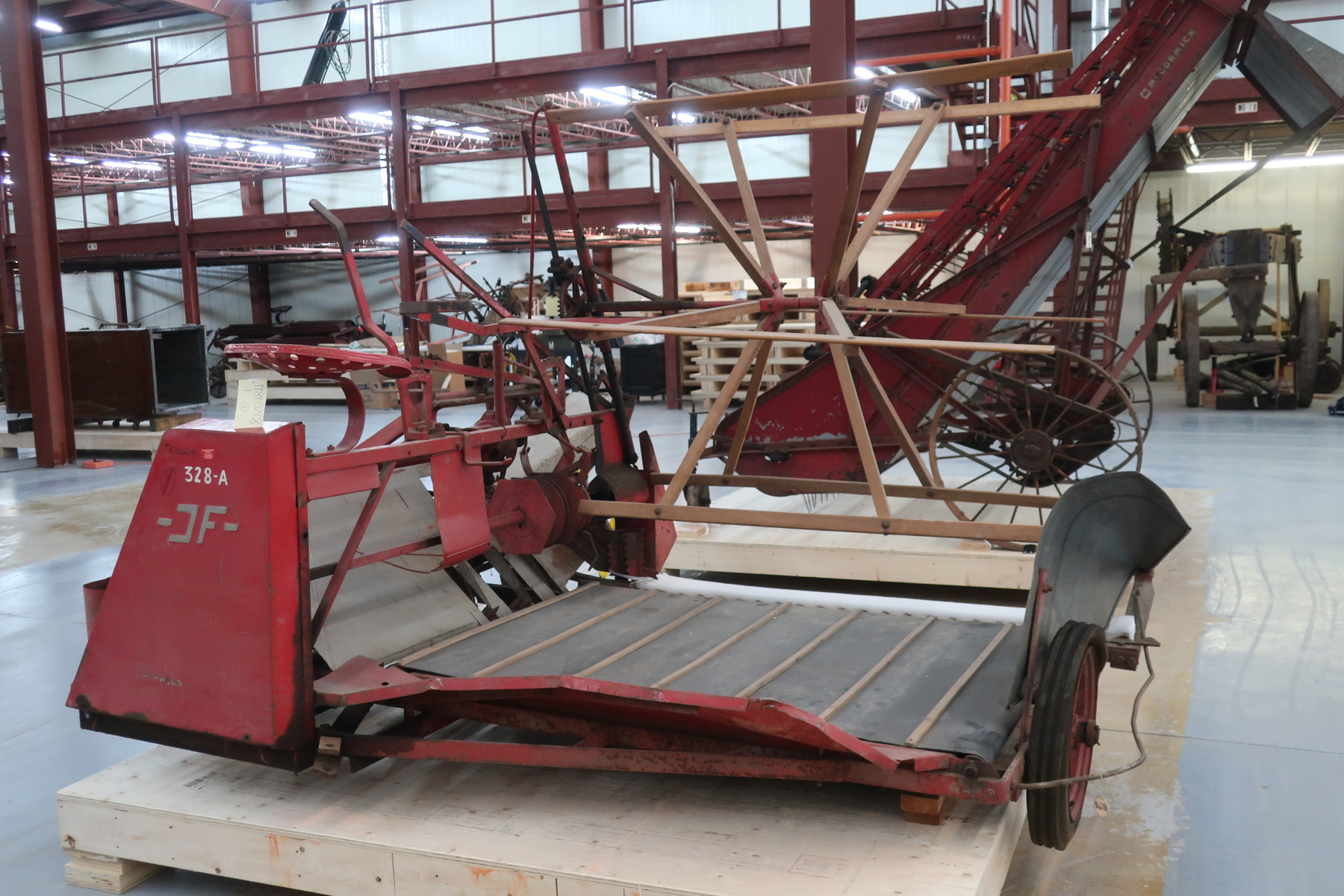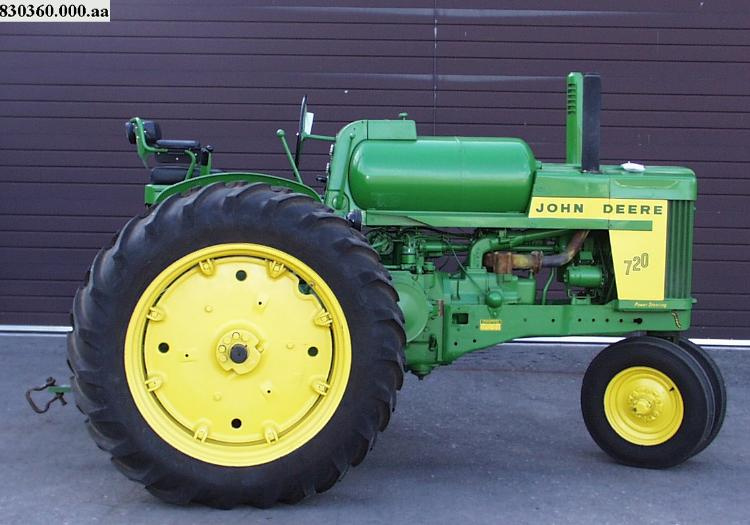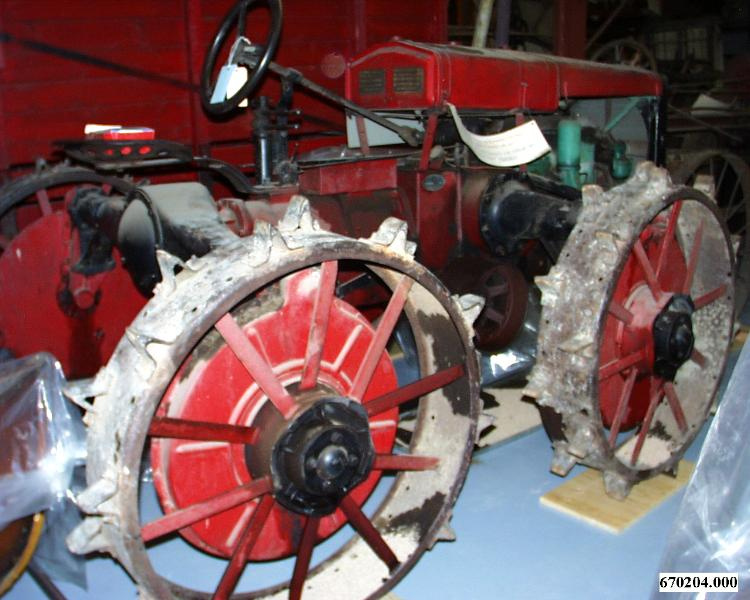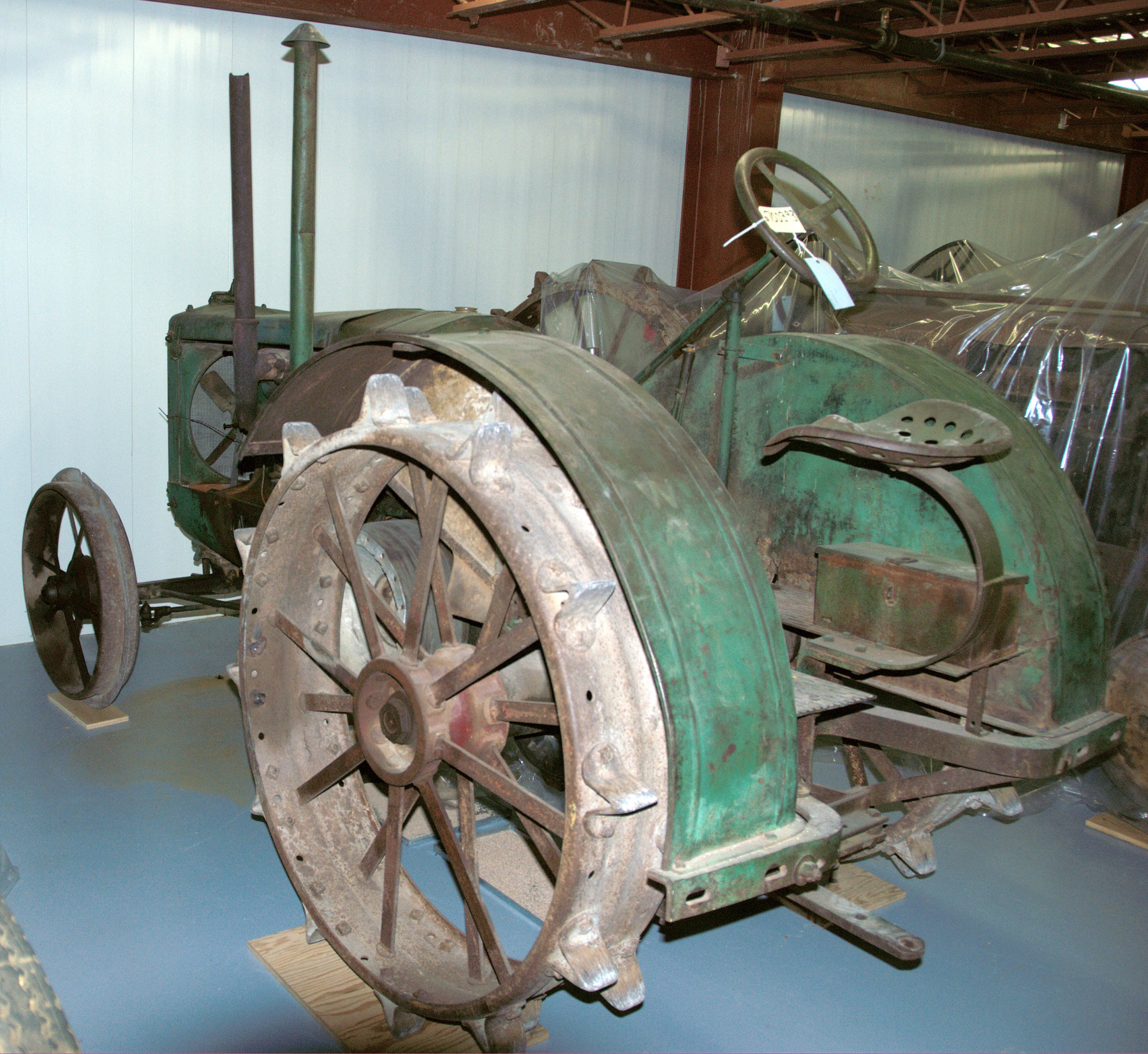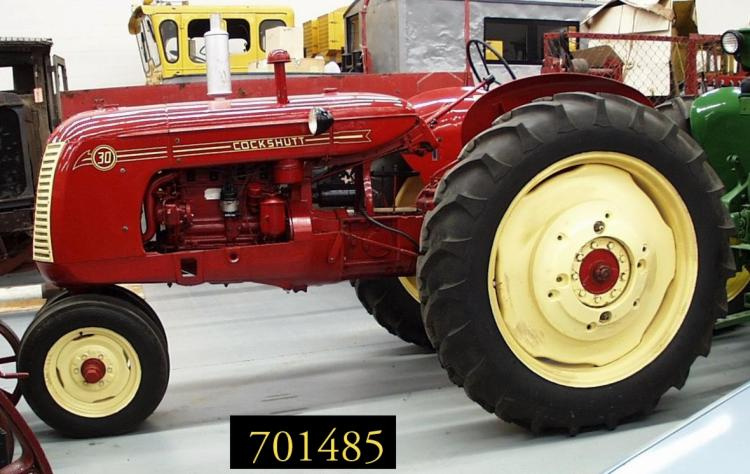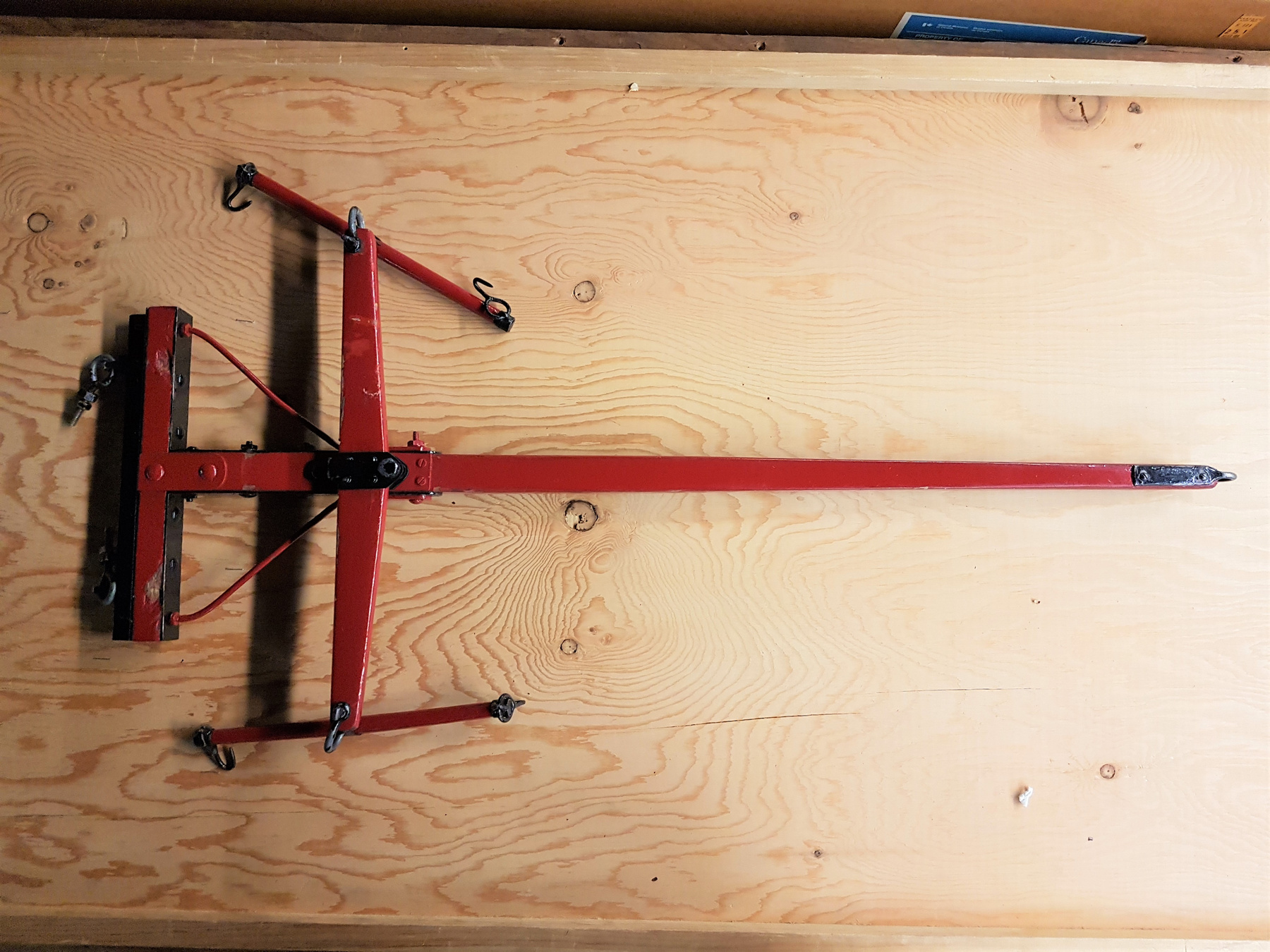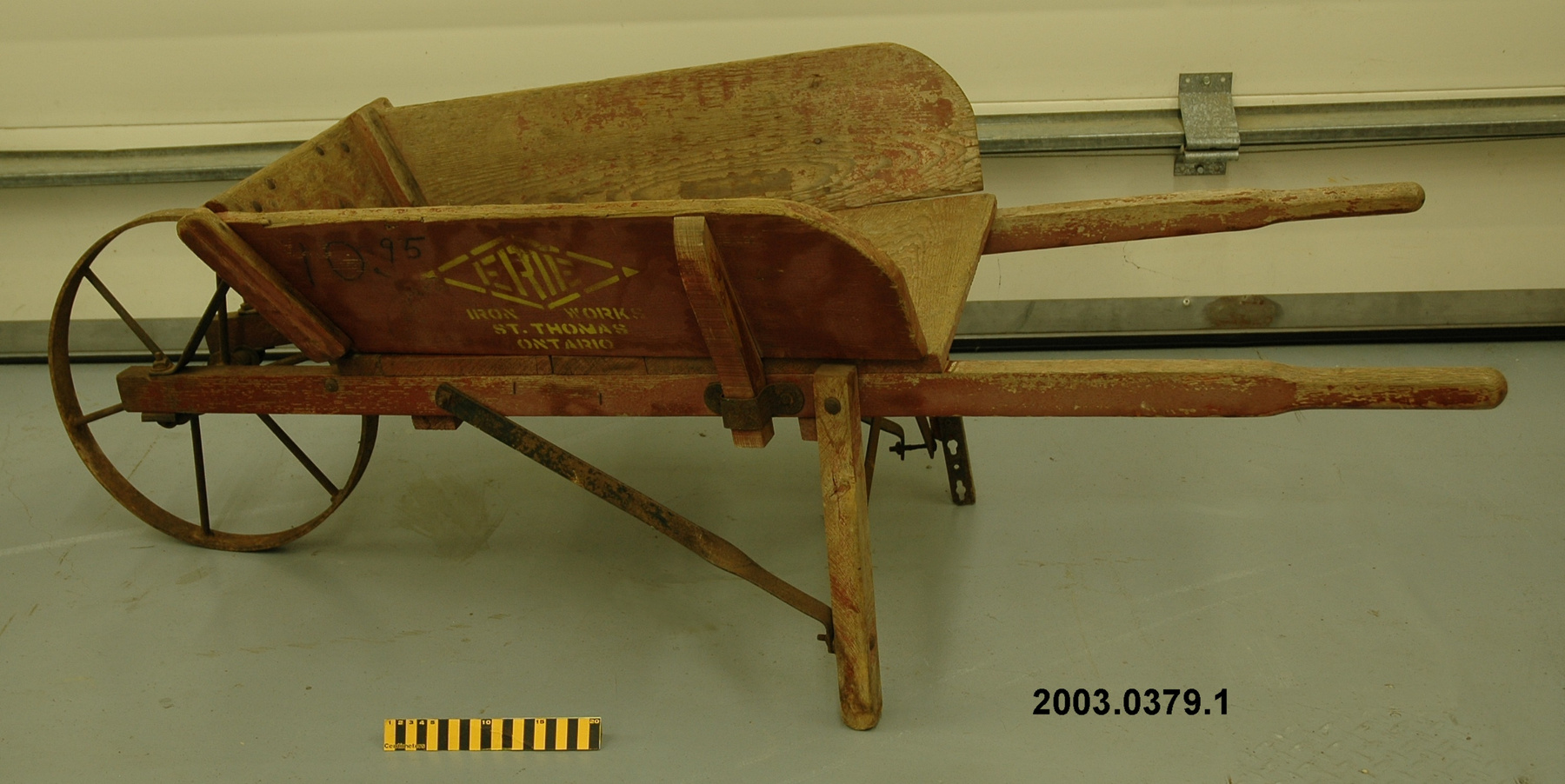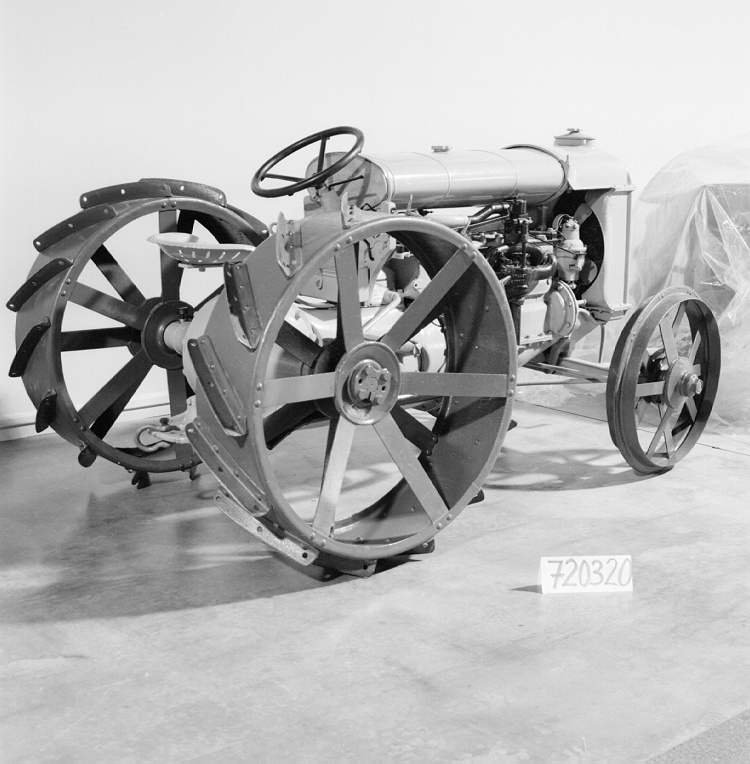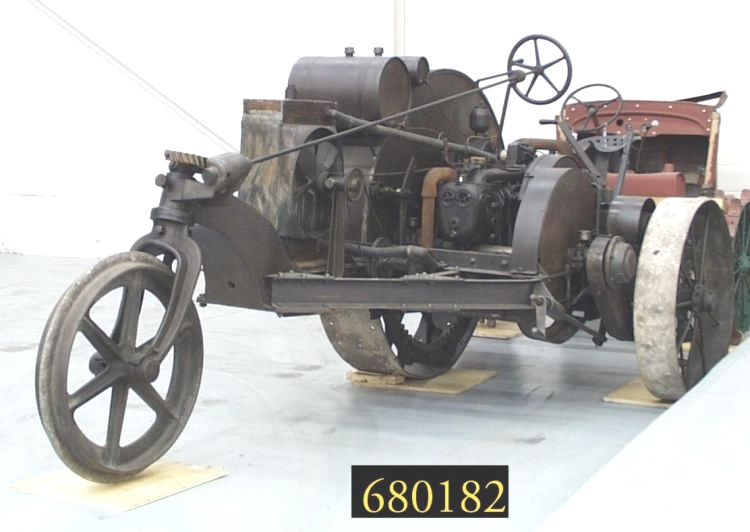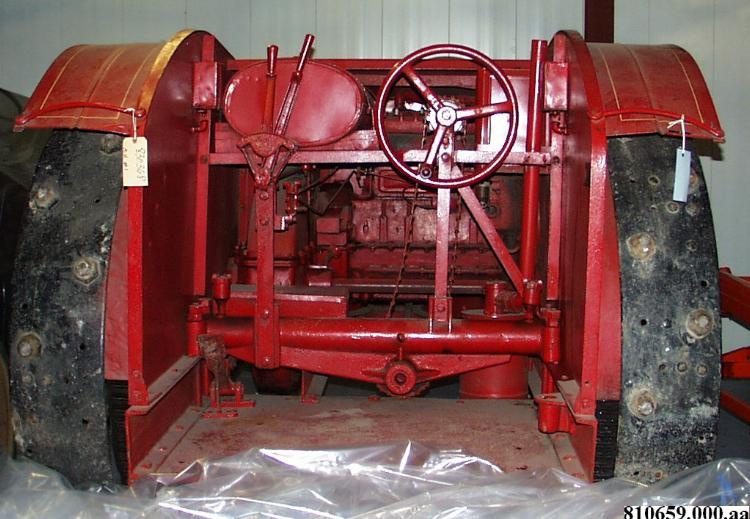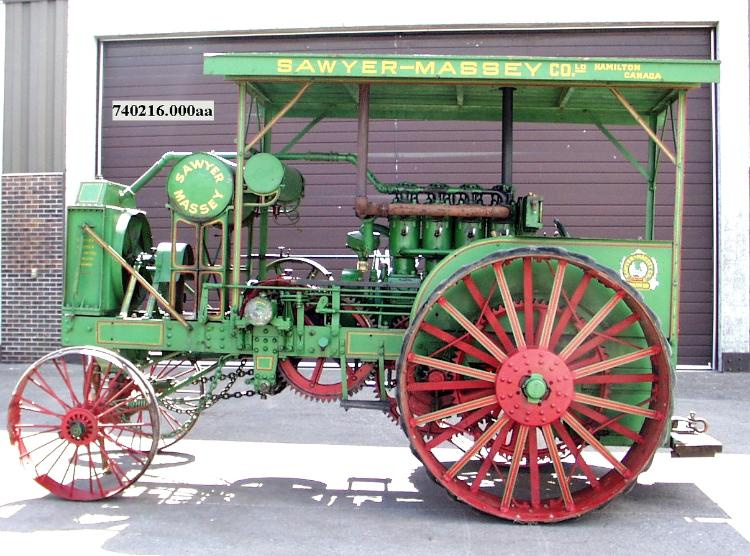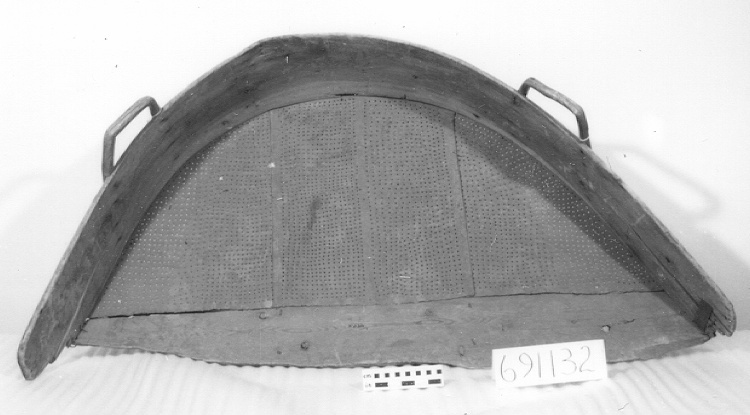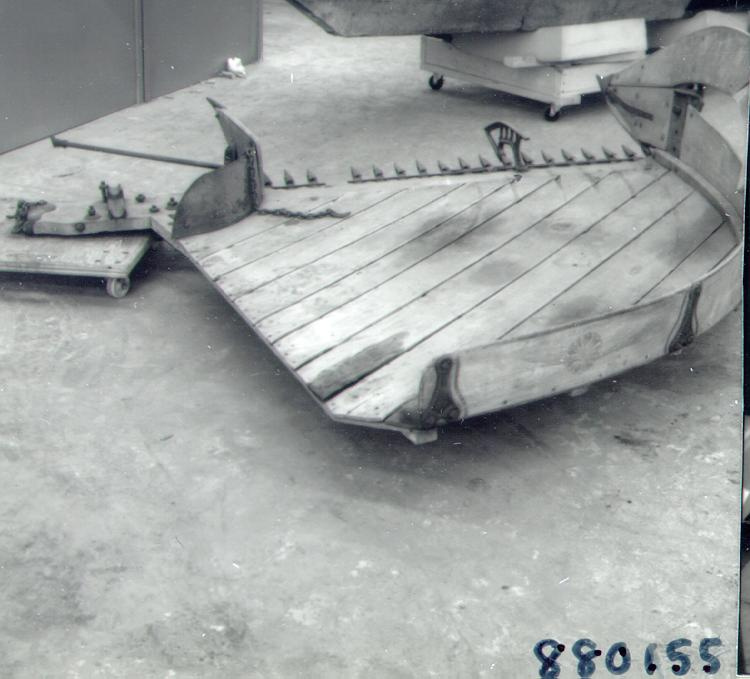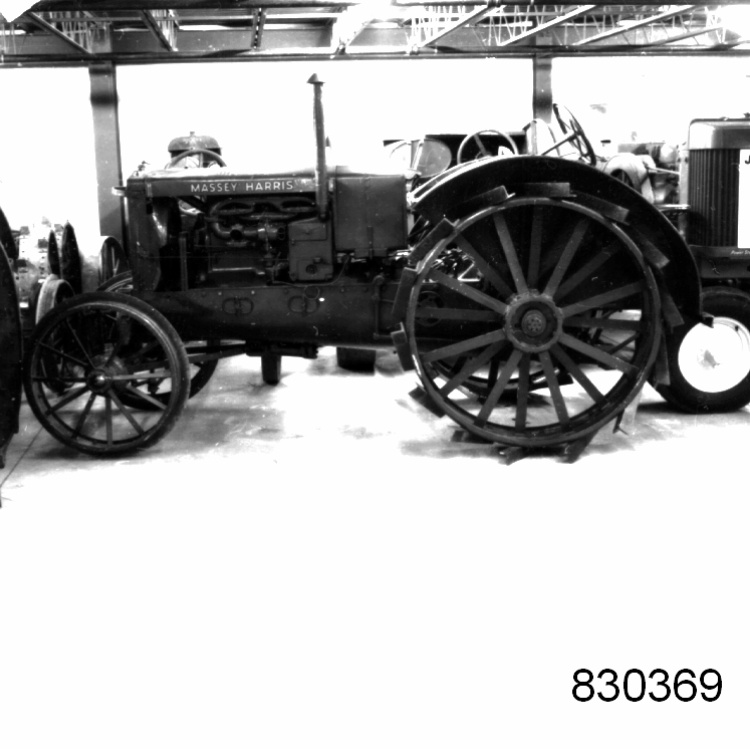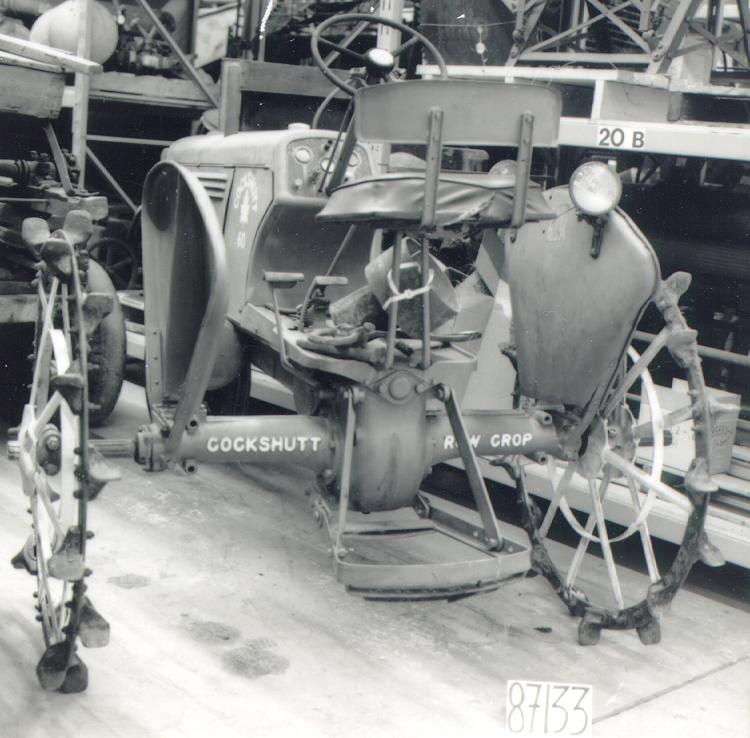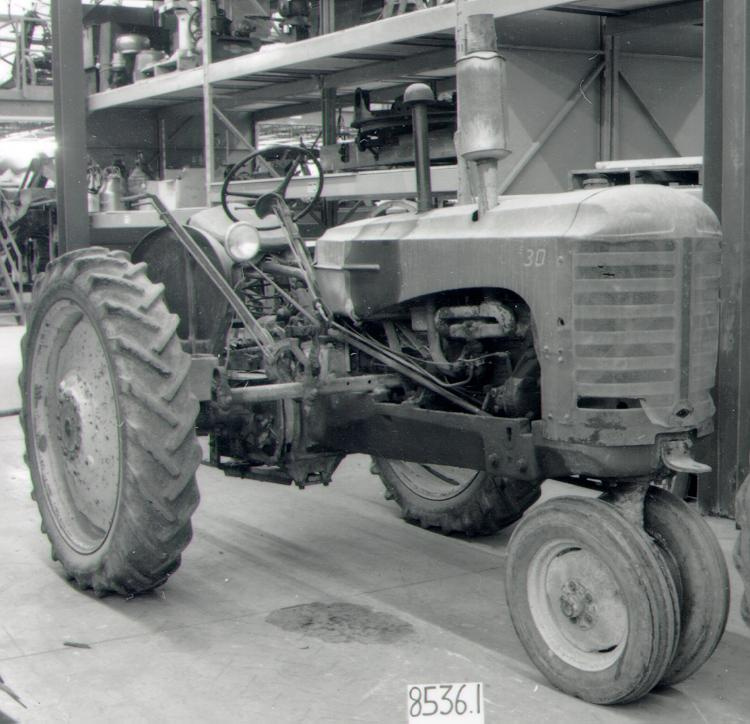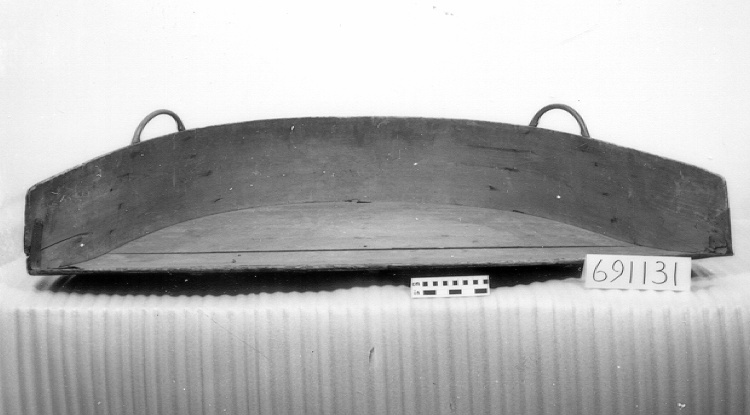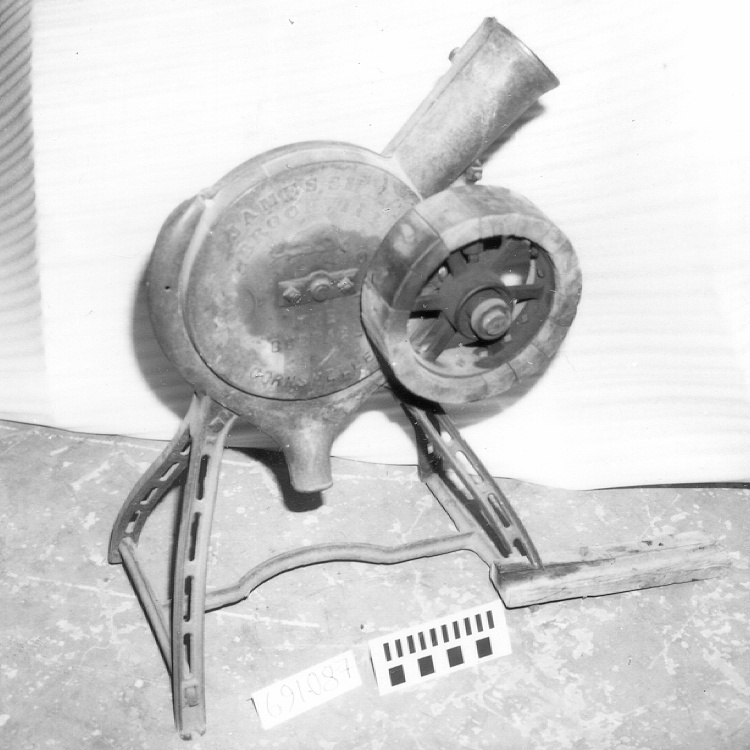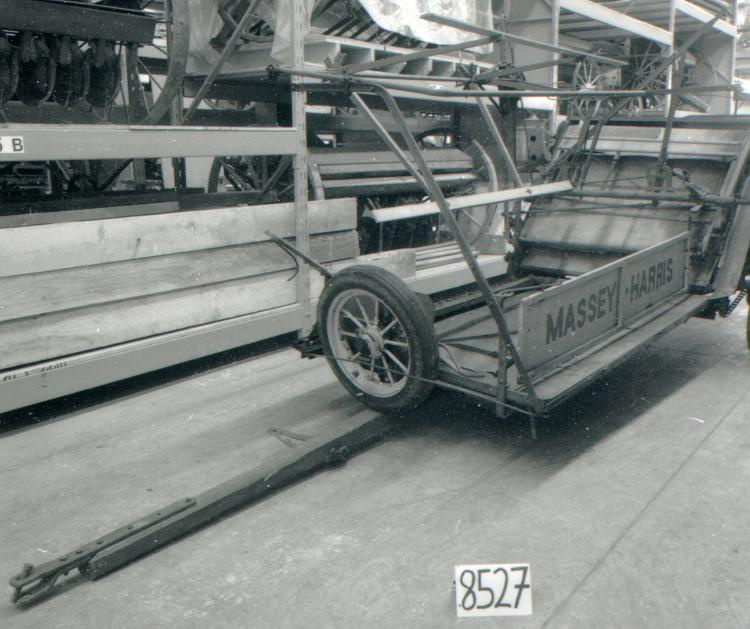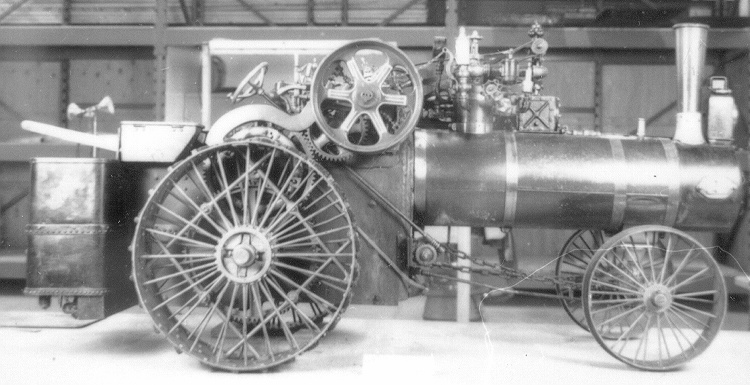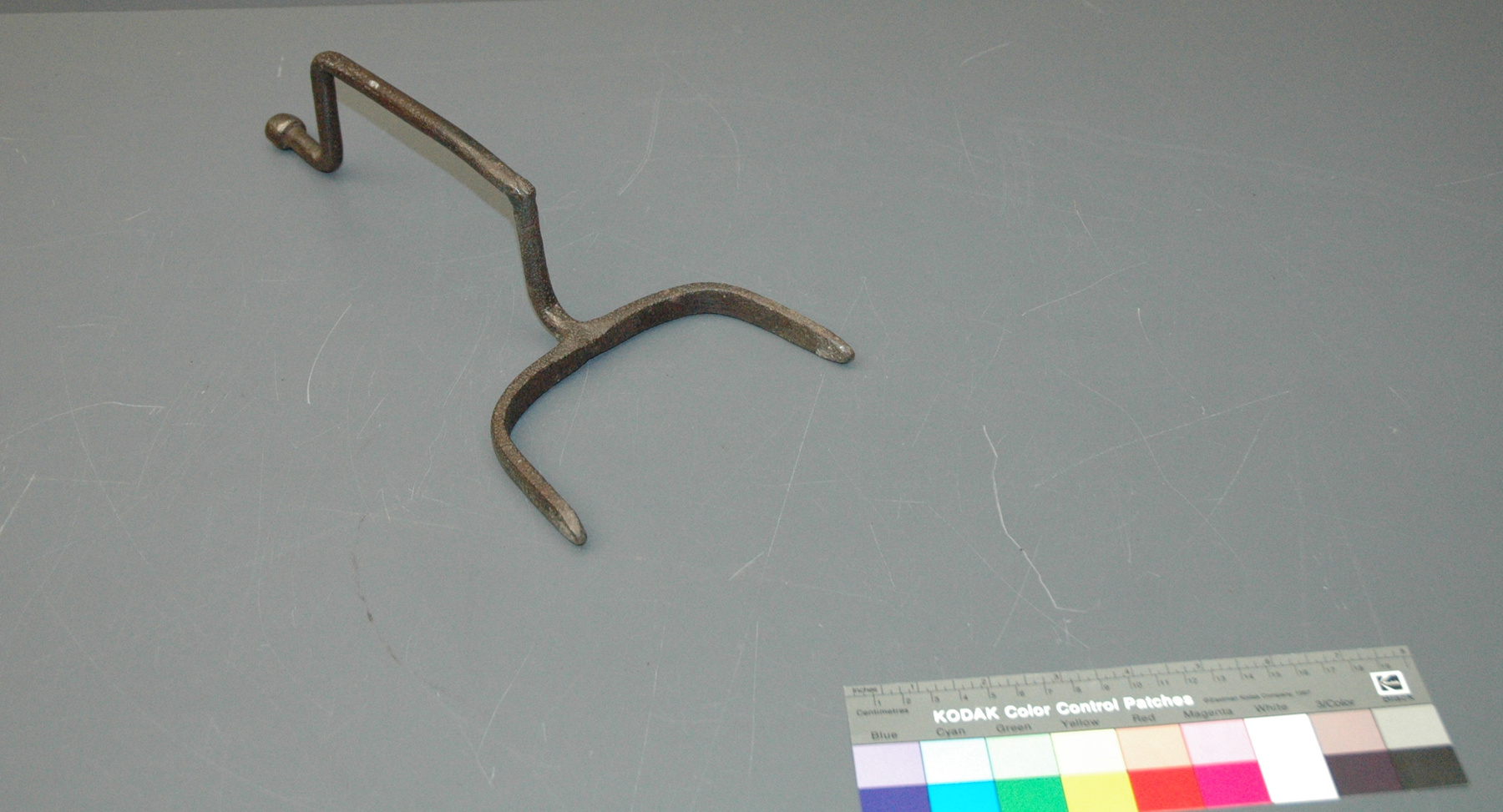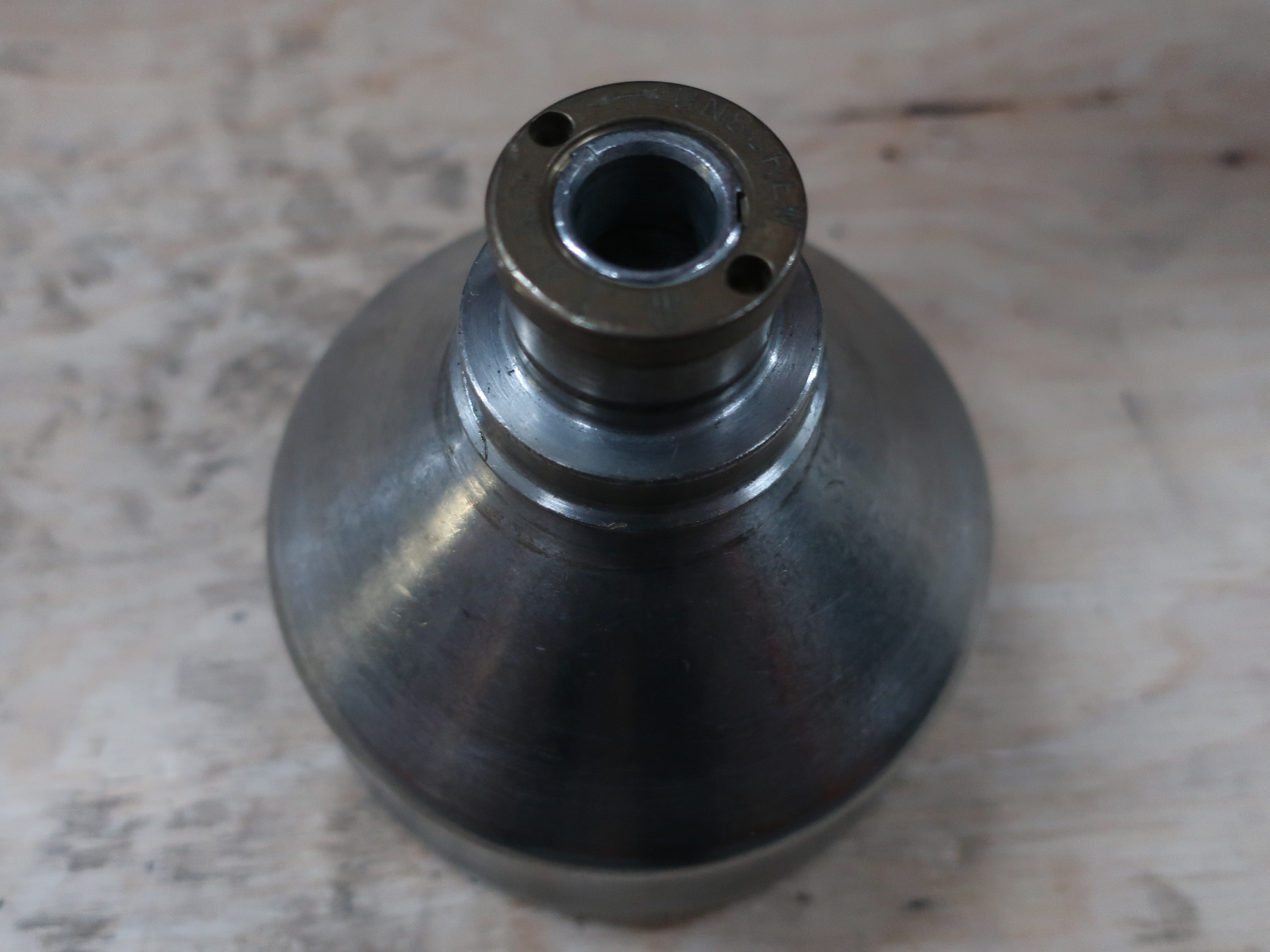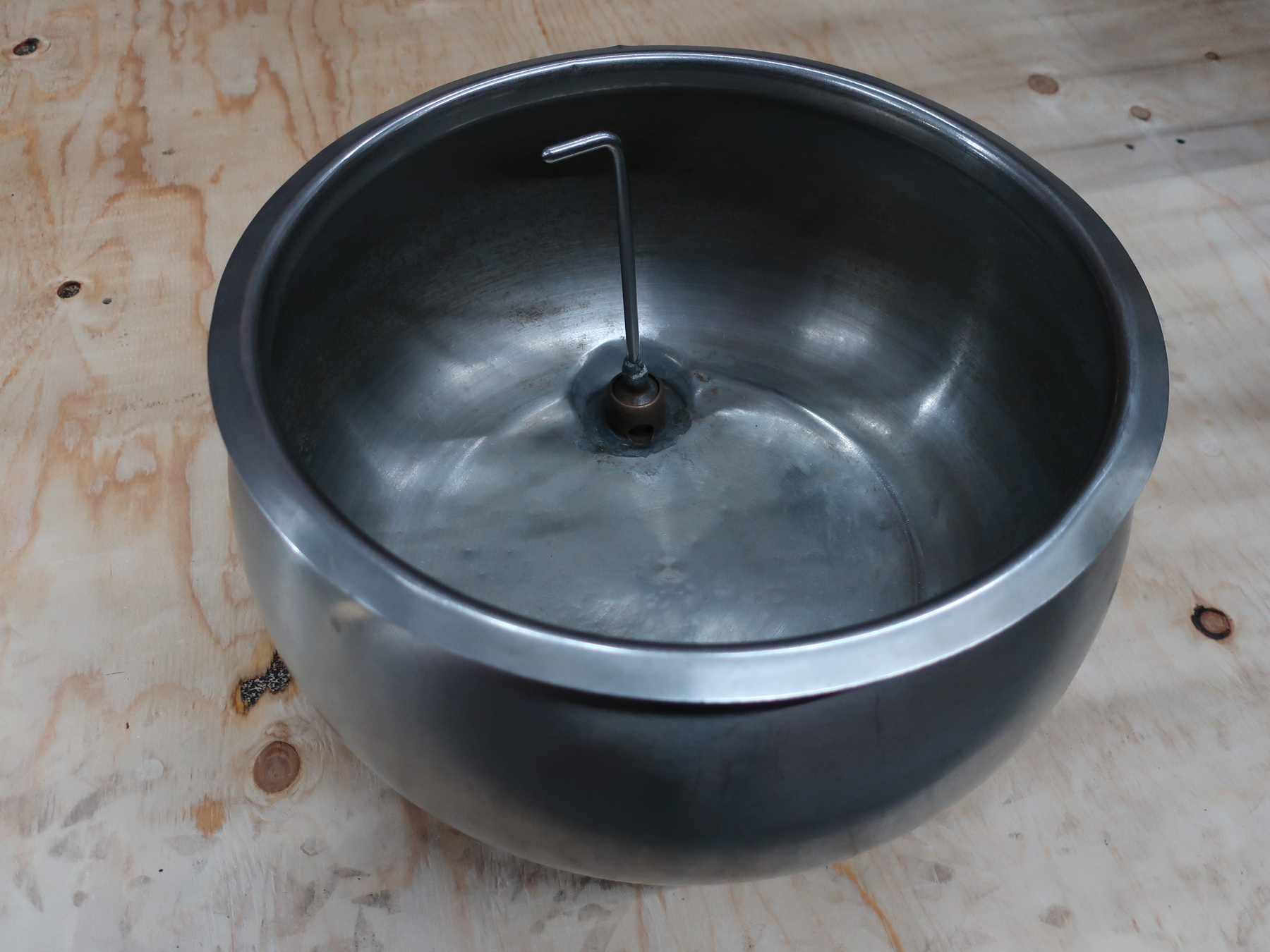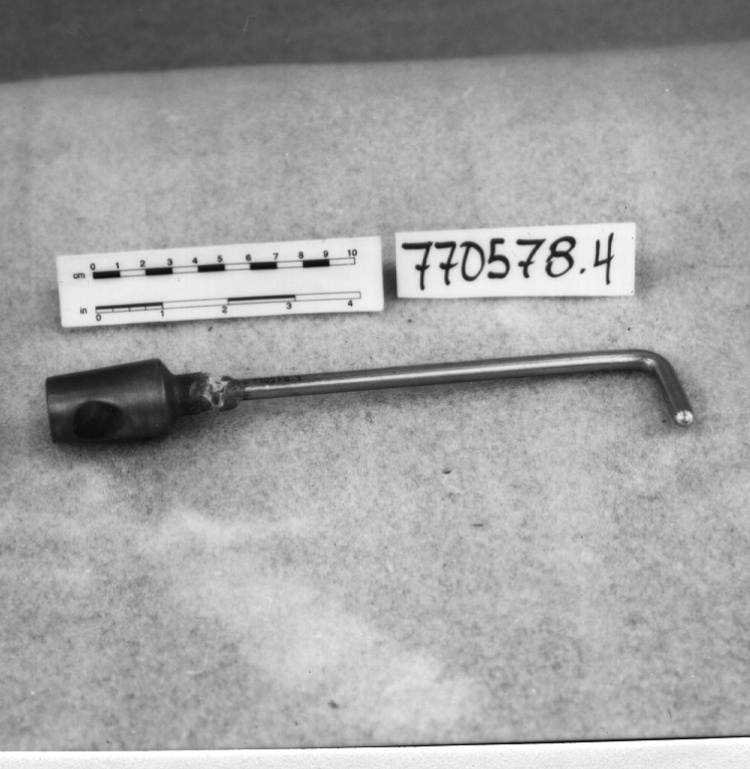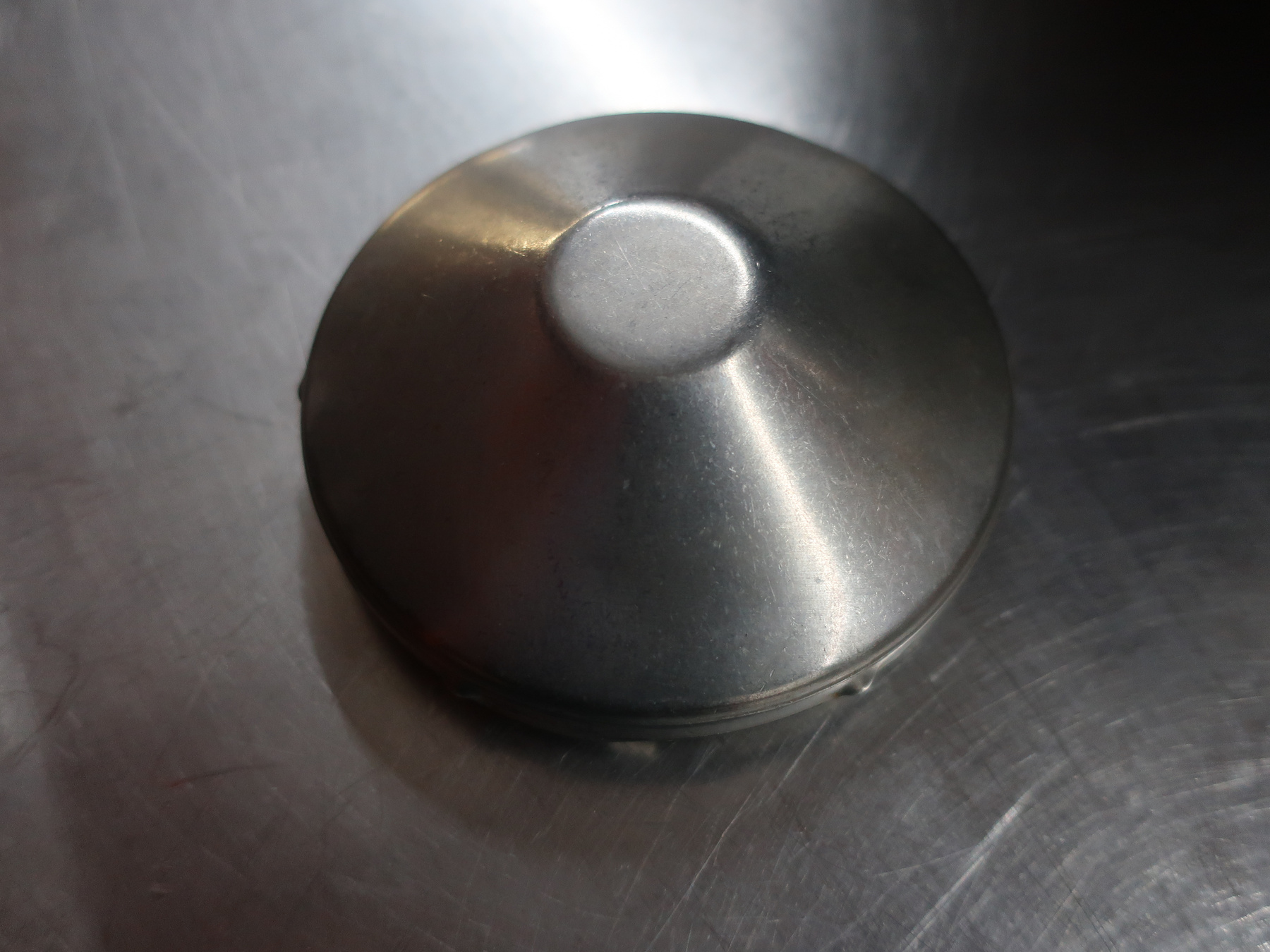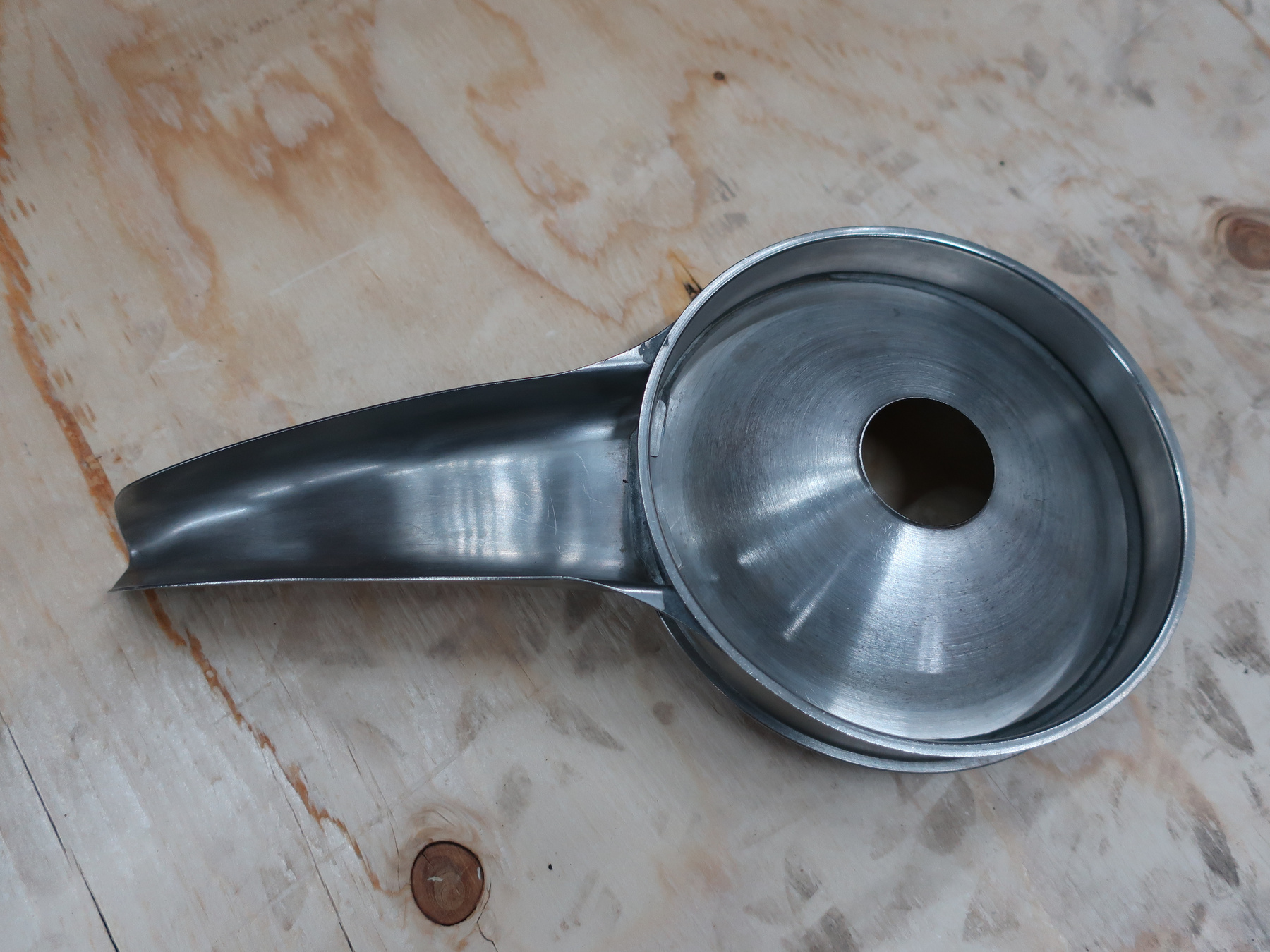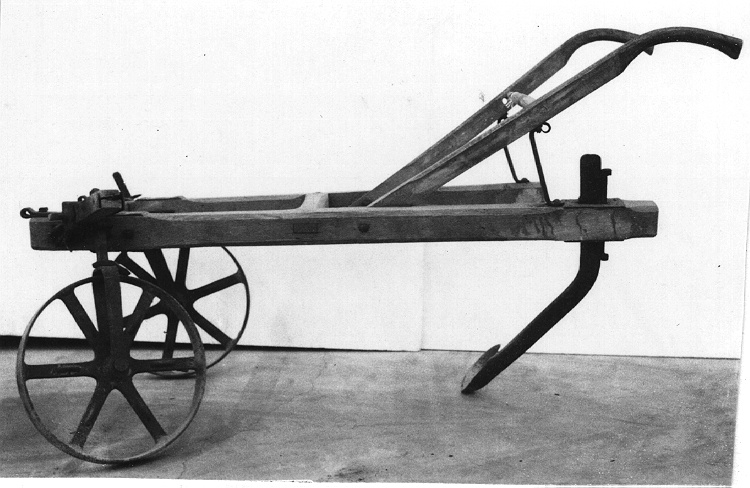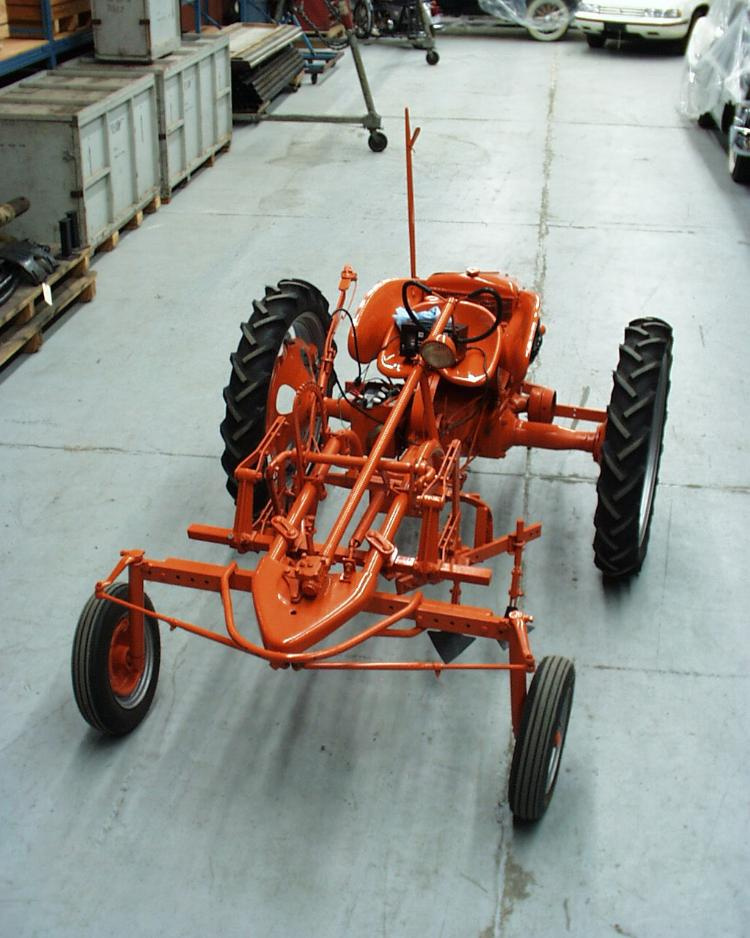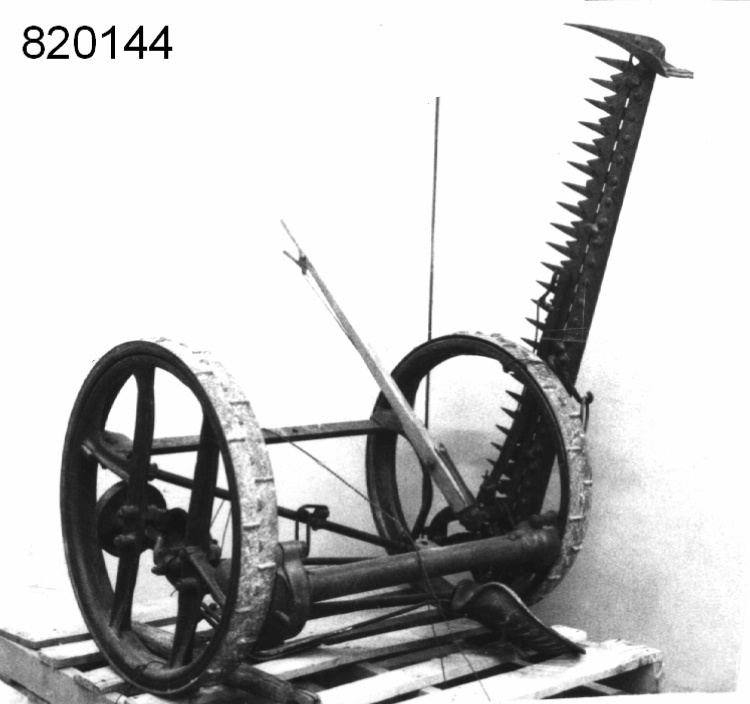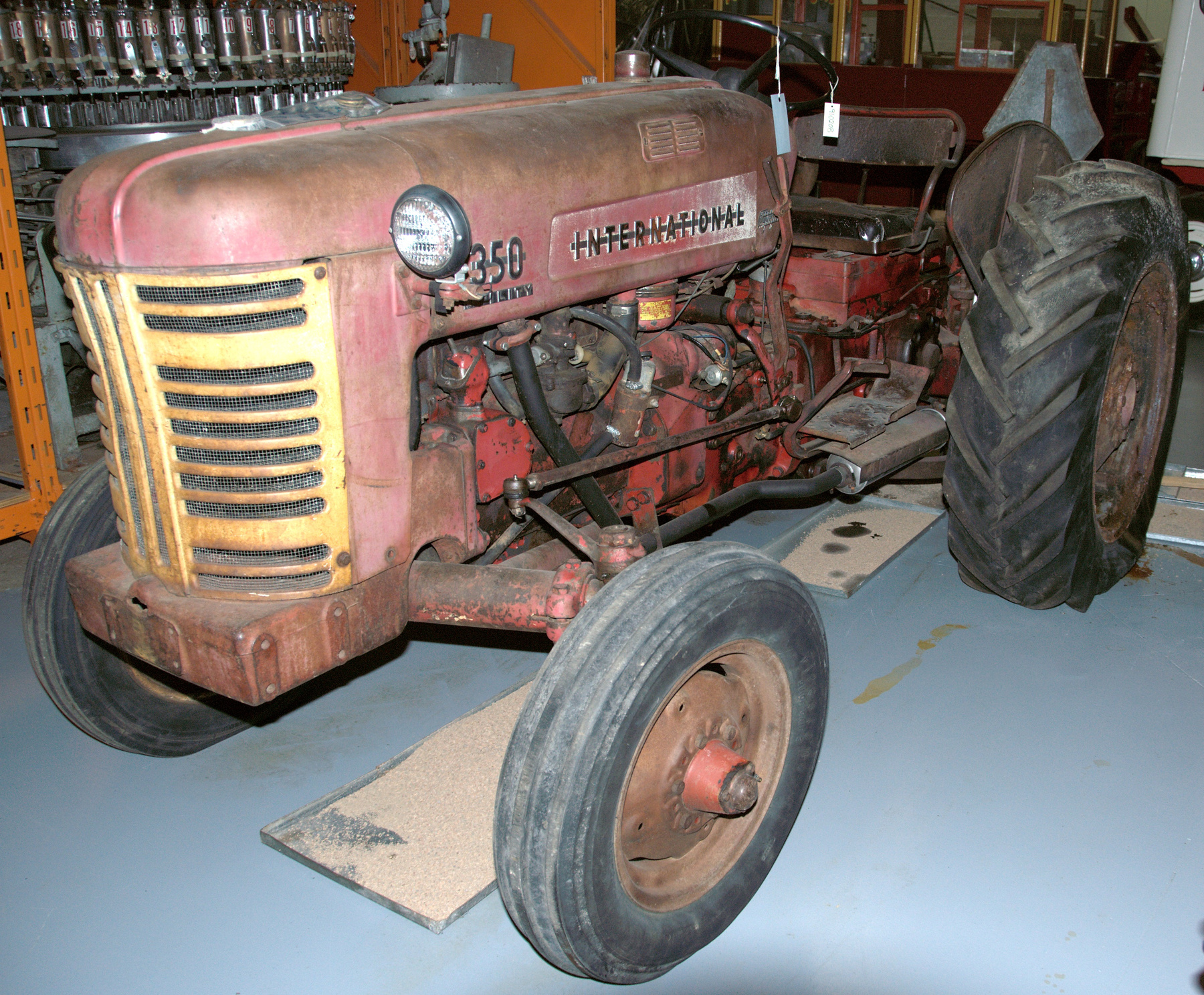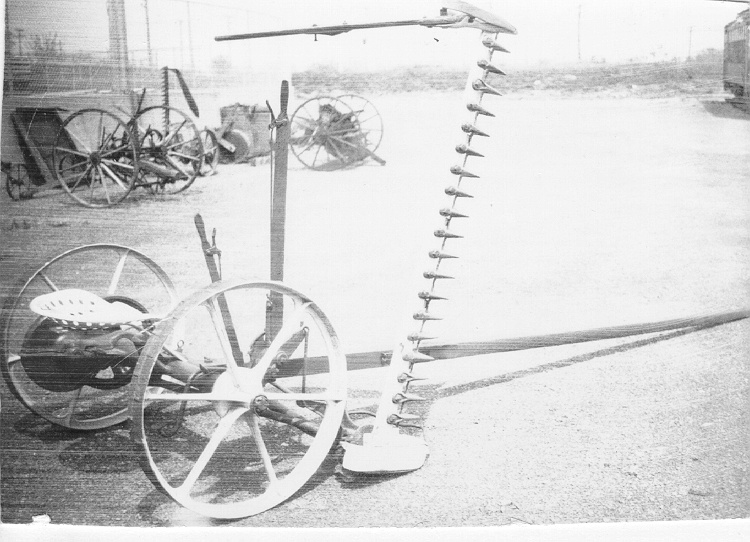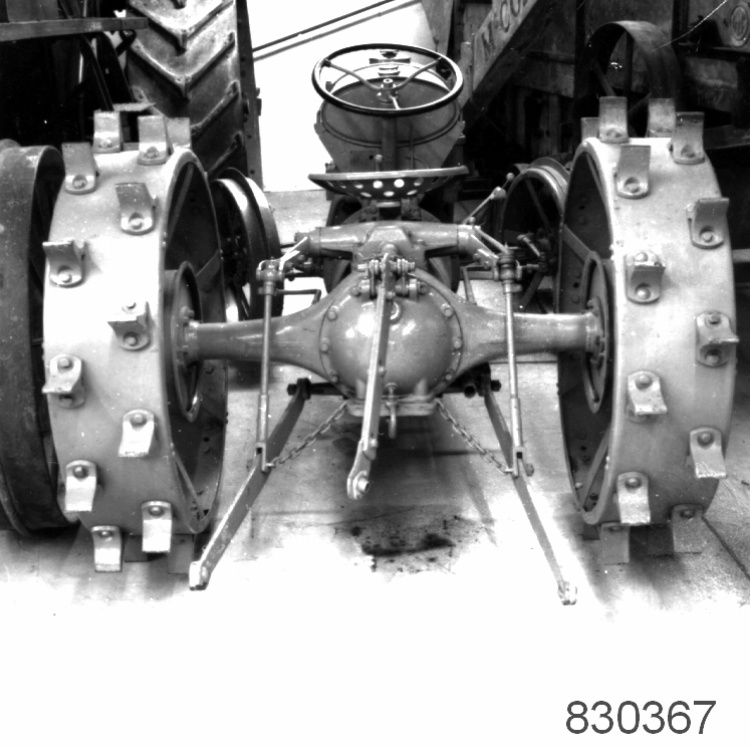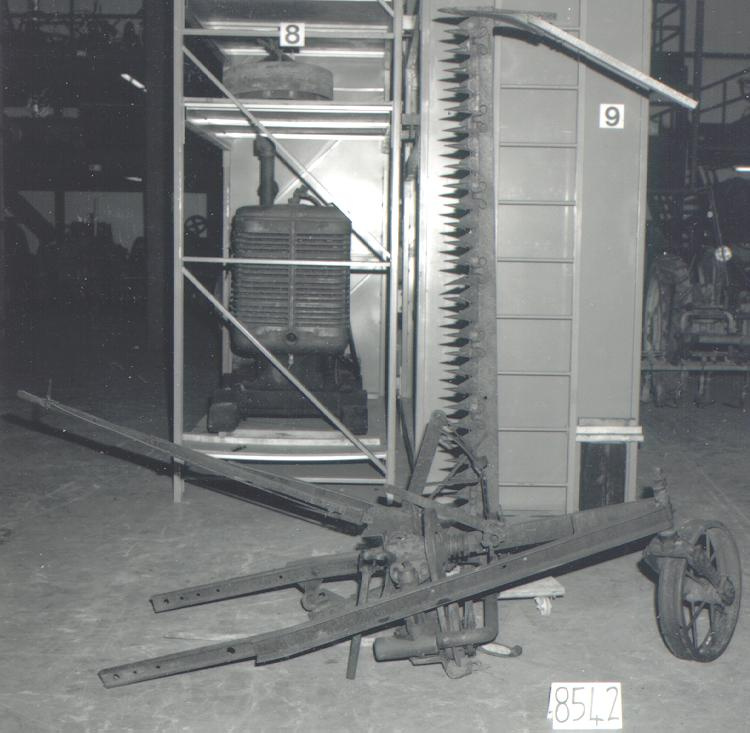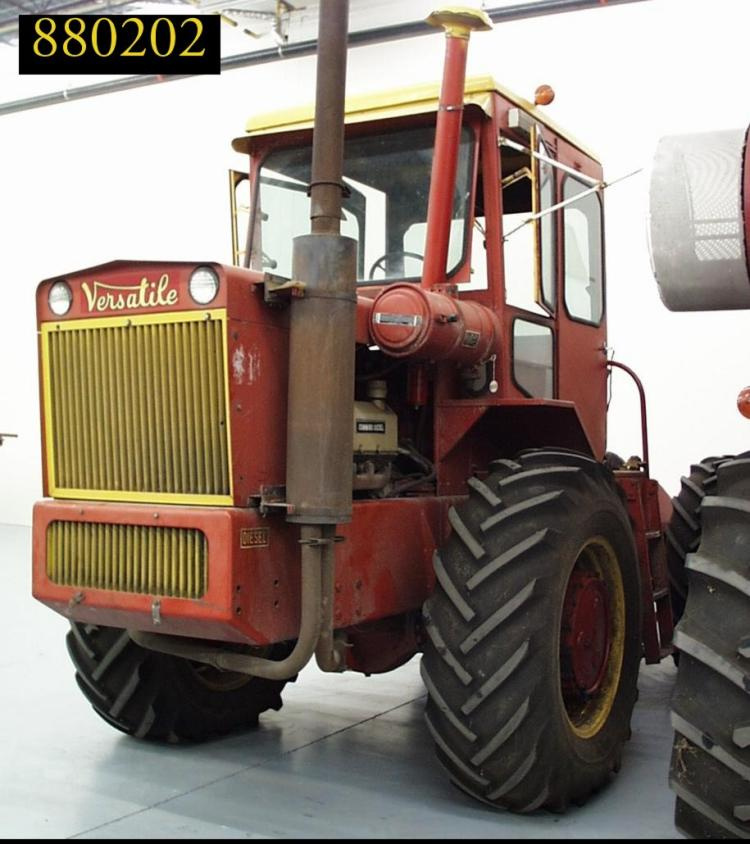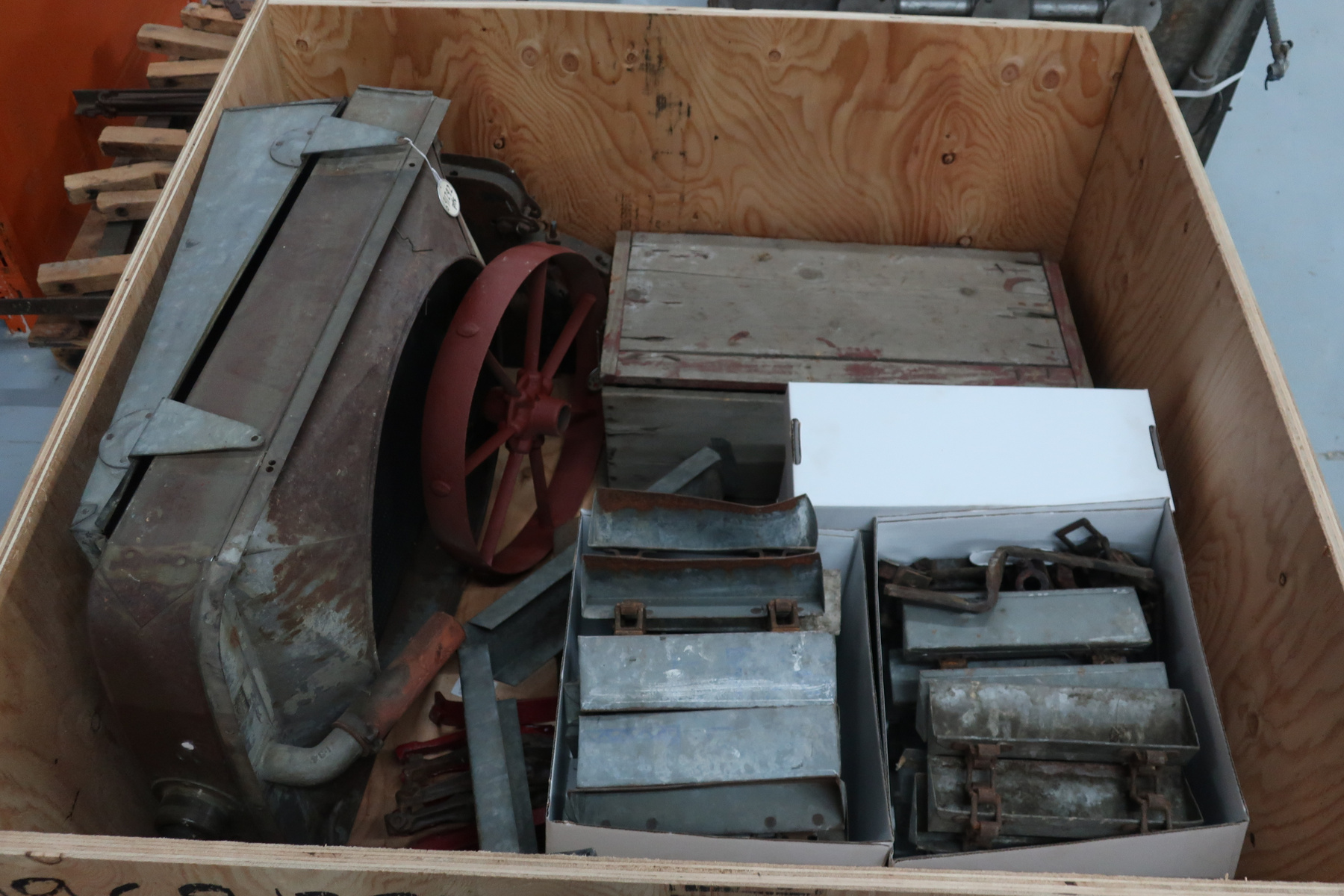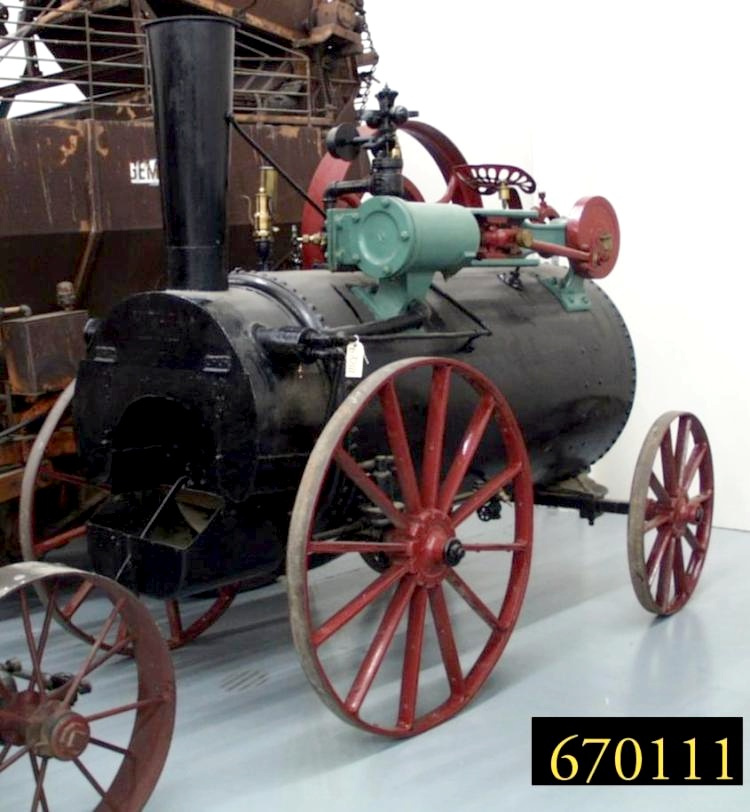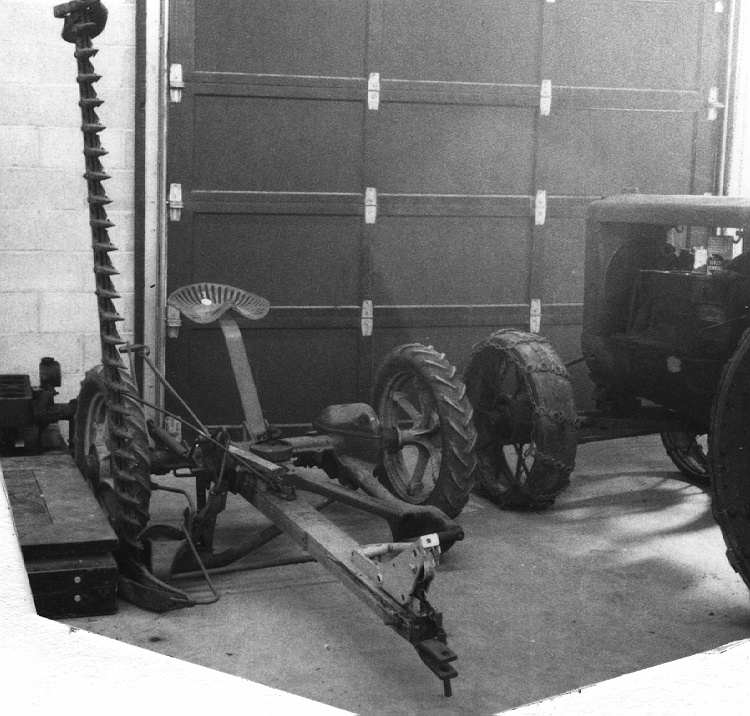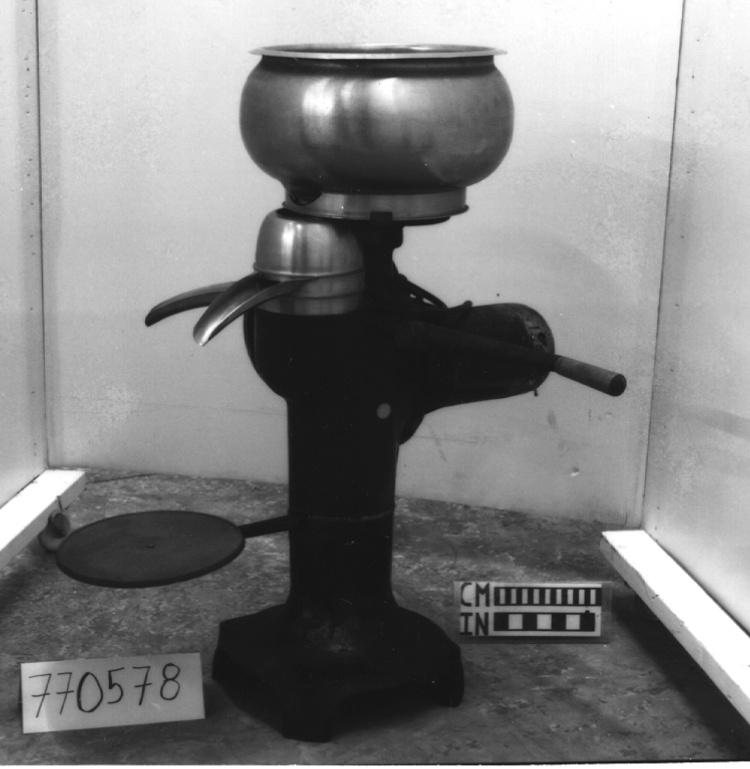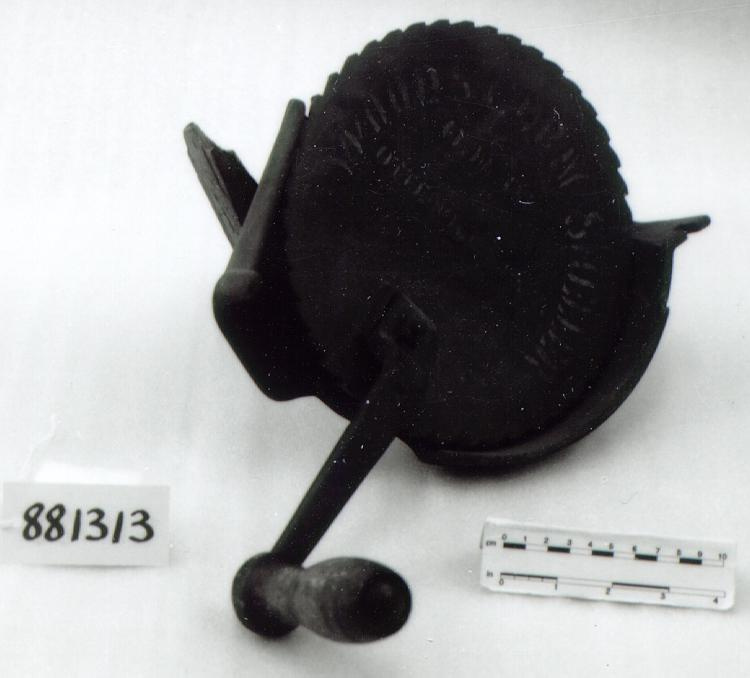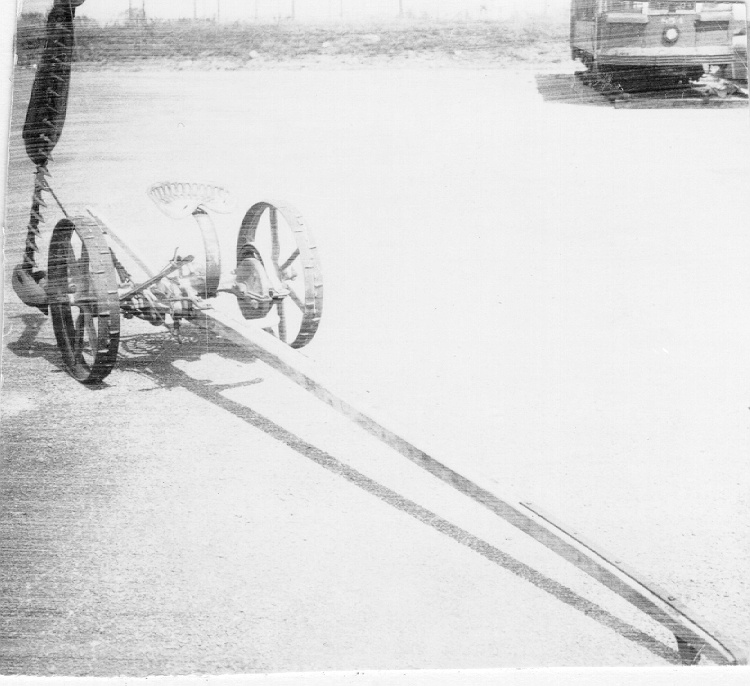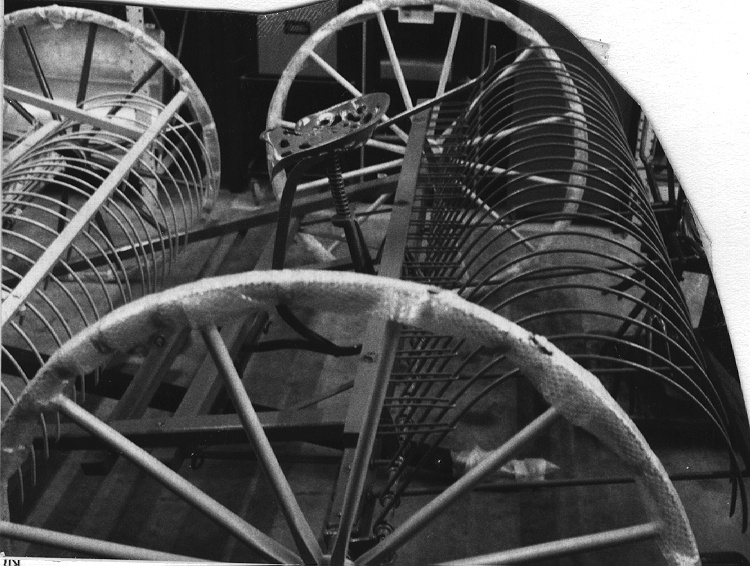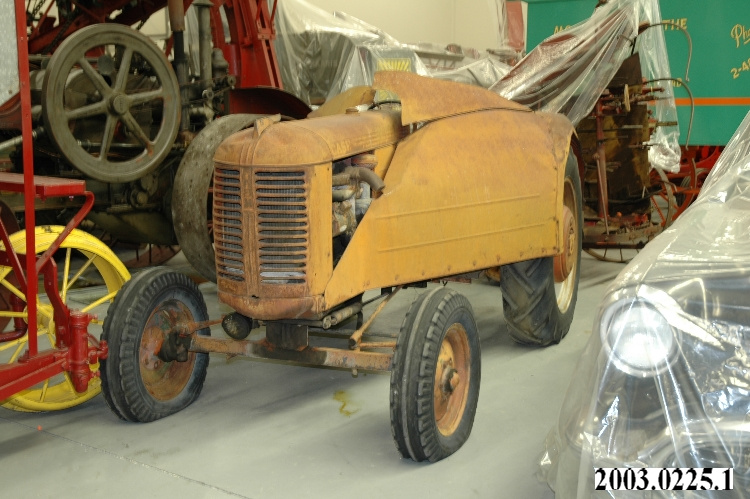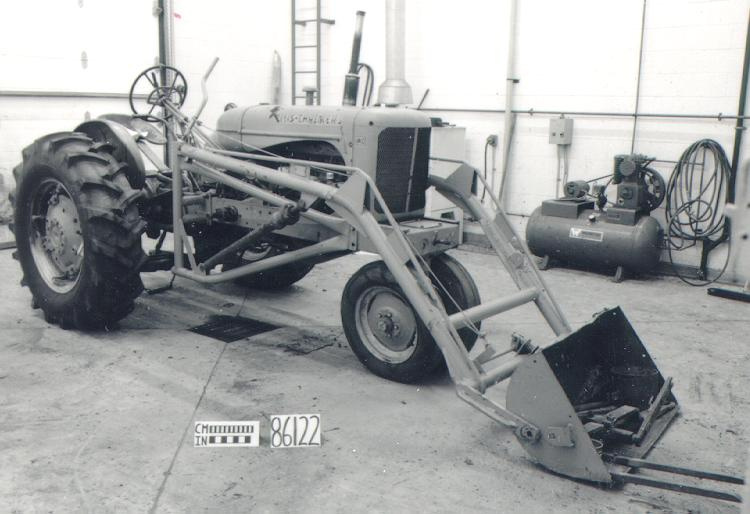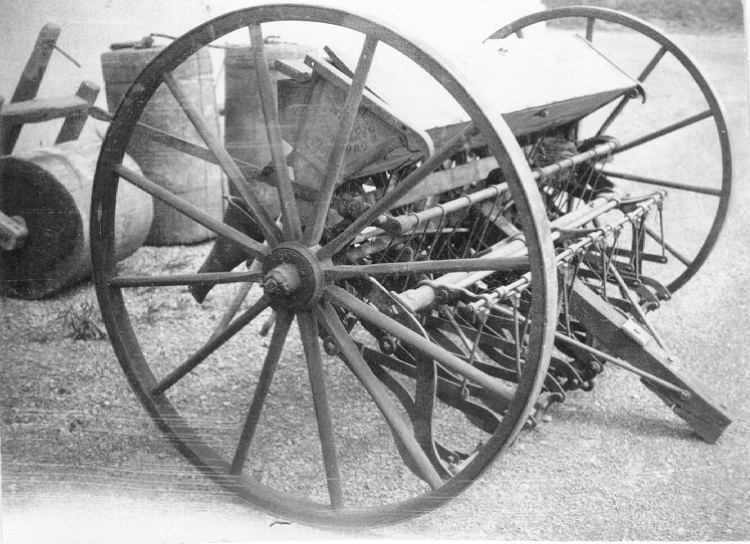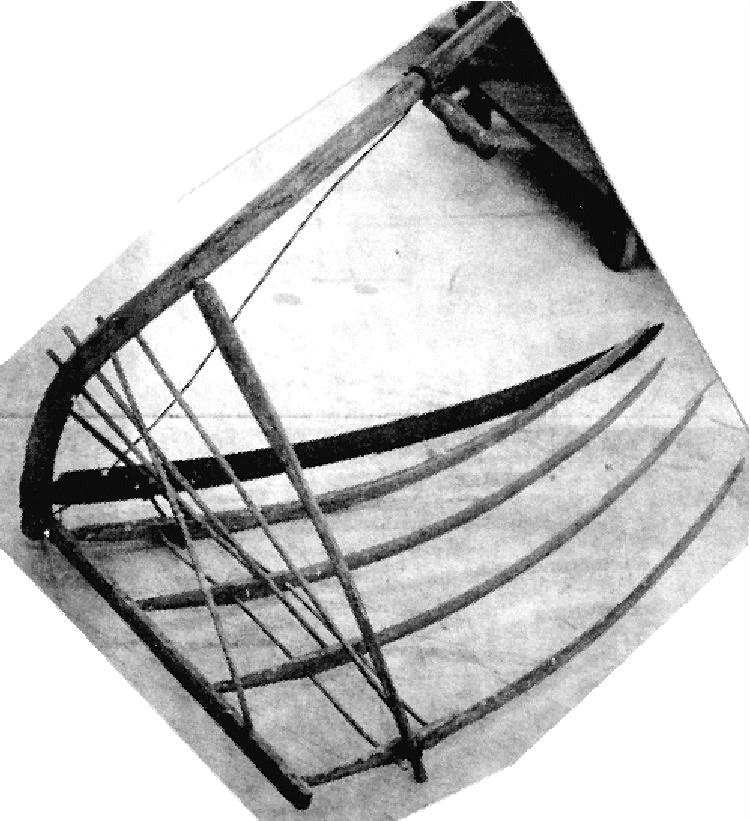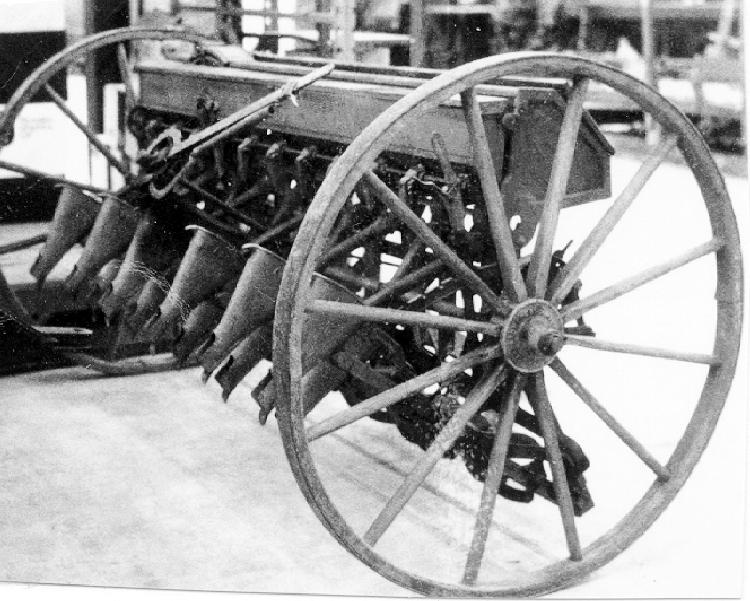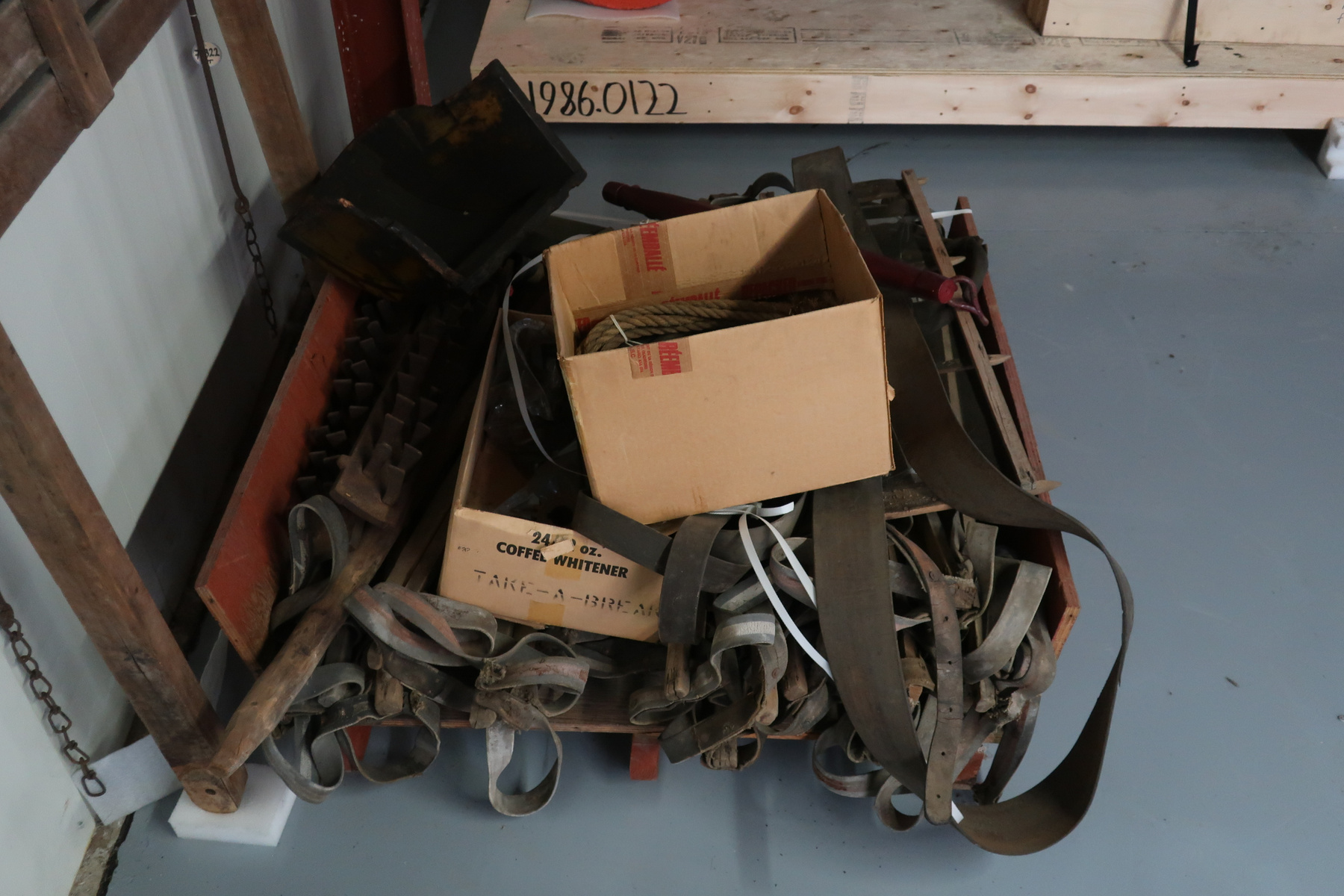Collection de pièces de batteuse
Utiliser cette image
Puis-je réutiliser cette image sans autorisation? Oui
Les images sur le portail de la collection d’Ingenium ont la licence Creative Commons suivante :
Copyright Ingenium / CC BY-NC-ND (Attribution-NonCommercial 4.0 International (CC BY-NC 4.0)
ATTRIBUER CETTE IMAGE
Ingenium,
1974.0322.009
Permalien:
Ingenium diffuse cette image sous le cadre de licence Creative Commons et encourage son téléchargement et sa réutilisation à des fins non commerciales. Veuillez mentionner Ingenium et citer le numéro de l’artefact.
TÉLÉCHARGER L’IMAGEACHETER CETTE IMAGE
Cette image peut être utilisée gratuitement pour des fins non commerciales.
Pour un usage commercial, veuillez consulter nos frais de reproduction et communiquer avec nous pour acheter l’image.
- TYPE D’OBJET
- S/O
- DATE
- 1888
- NUMÉRO DE L’ARTEFACT
- 1974.0322.009
- FABRICANT
- Waterloo Mfg. Co. Ltd.
- MODÈLE
- Inconnu
- EMPLACEMENT
- Waterloo, Ontario, Canada
Plus d’information
Renseignements généraux
- Nº de série
- S/O
- Nº de partie
- 9
- Nombre total de parties
- 9
- Ou
- S/O
- Brevets
- S/O
- Description générale
- Inconnu
Dimensions
Remarque : Cette information reflète la taille générale pour l’entreposage et ne représente pas nécessairement les véritables dimensions de l’objet.
- Longueur
- S/O
- Largeur
- S/O
- Hauteur
- S/O
- Épaisseur
- S/O
- Poids
- S/O
- Diamètre
- S/O
- Volume
- S/O
Lexique
- Groupe
- Agriculture
- Catégorie
- Manutention de récolte
- Sous-catégorie
- S/O
Fabricant
- Ou
- Waterloo
- Pays
- Canada
- État/province
- Ontario
- Ville
- Waterloo
Contexte
- Pays
- Canada
- État/province
- Ontario
- Période
- Inconnu
- Canada
-
The Waterloo Champion Separator, a wood-framed thresher, was first manufactured by Bricker & Co. in 1880. The thresher featured grain-separating technology patented in the 1870s by John Beam. In 1888, E.W.B. Snider bought Bricker and incorporated it into the Waterloo Manufacturing Co. The Champion was made in eastern and western models; in 1908, Waterloo establishing a manufacturing plant in Portage la Prairie. The company continued to produce threshers into the 1940s. - Fonction
-
Inconnu - Technique
-
Wheeled threshing machines were first introduced in the 1860s. Replacing stationary ground threshers, they further mechanized grain harvesting and increased the amount of grain a farmer could process in a day. Initially built of wood and powered by horse power, threshers were later powered by steam traction engines and gas tractors. The Waterloo Champion was a distinctive thresher with its high rear end and double gear wheels. This thresher is hand-decorated with painted scroll-work and pin-striping, a characteristic of agricultural implements made before the 20th century. Threshers of all-wood construction, such as this one were replaced in the early 20th century with threshers of all-steel construction; through the mid-20th century, wheeled threshers were replaced by combine harvesters, which merged reaping and threshing operations in one self-propelled machine. - Notes sur la région
-
Inconnu
Détails
- Marques
- S/O
- Manque
- S/O
- Fini
- Inconnu
- Décoration
- S/O
FAIRE RÉFÉRENCE À CET OBJET
Si vous souhaitez publier de l’information sur cet objet de collection, veuillez indiquer ce qui suit :
Waterloo Mfg. Co. Ltd., Collection de pièces de batteuse, vers 1888, Numéro de l'artefact 1974.0322, Ingenium - Musées des sciences et de l'innovation du Canada, http://collections.ingeniumcanada.org/fr/id/1974.0322.009/
RÉTROACTION
Envoyer une question ou un commentaire sur cet artefact.
Plus comme ceci
